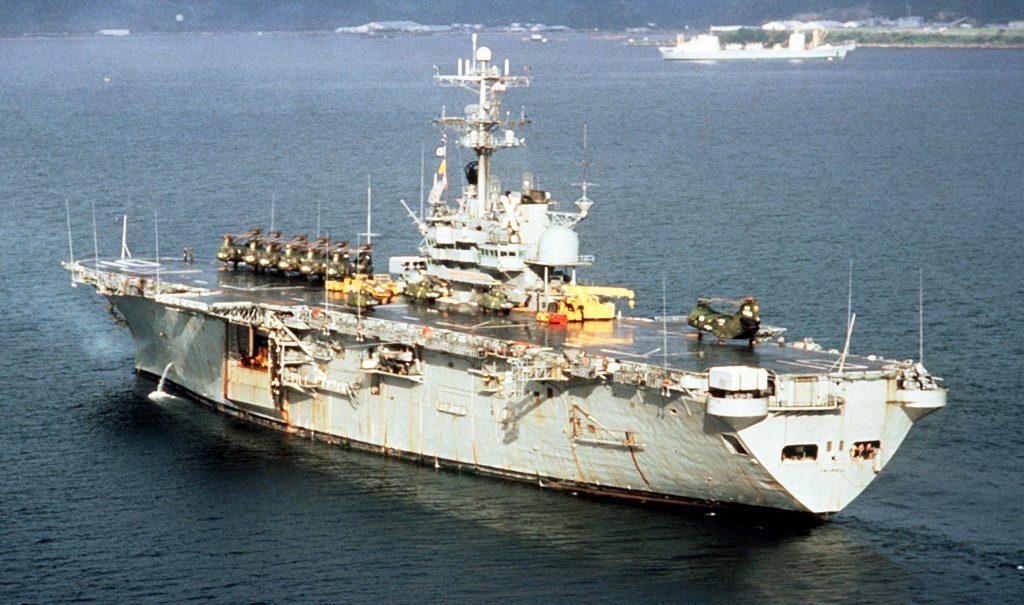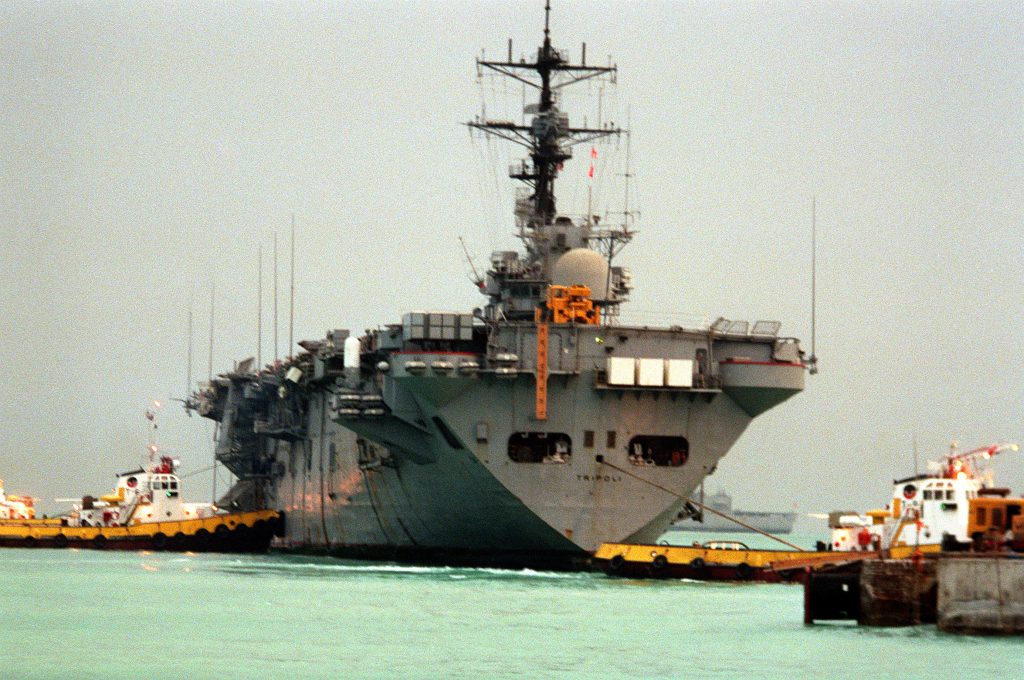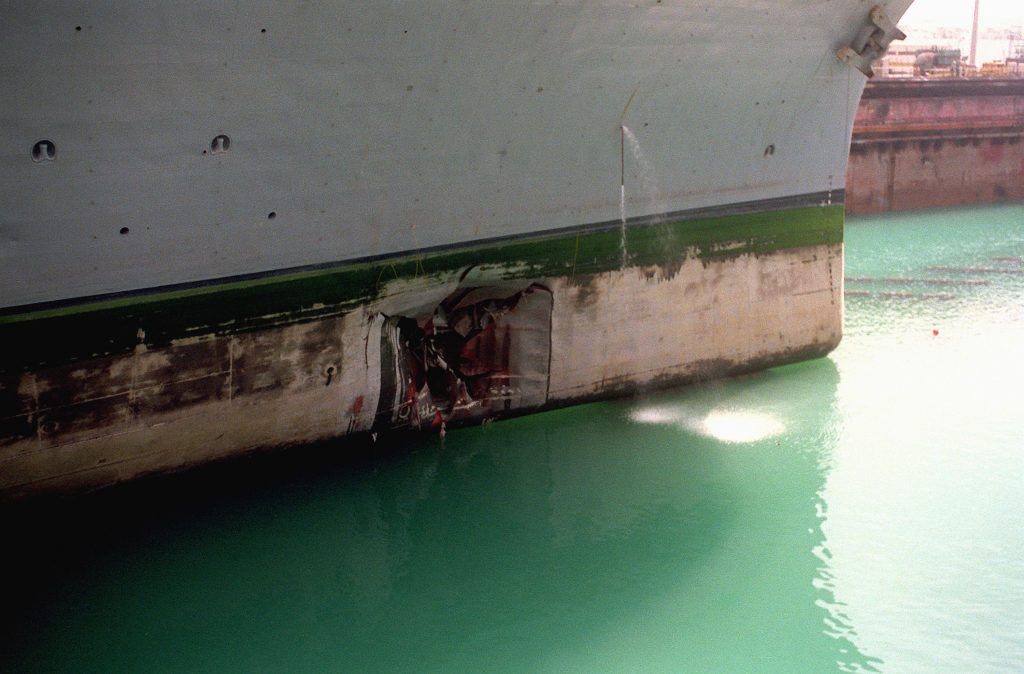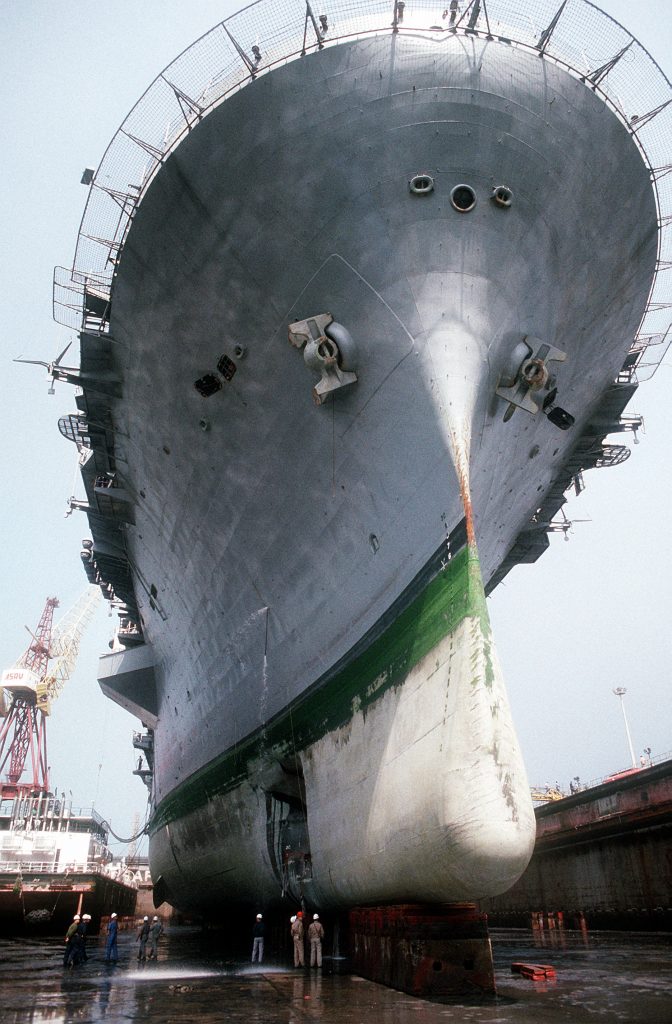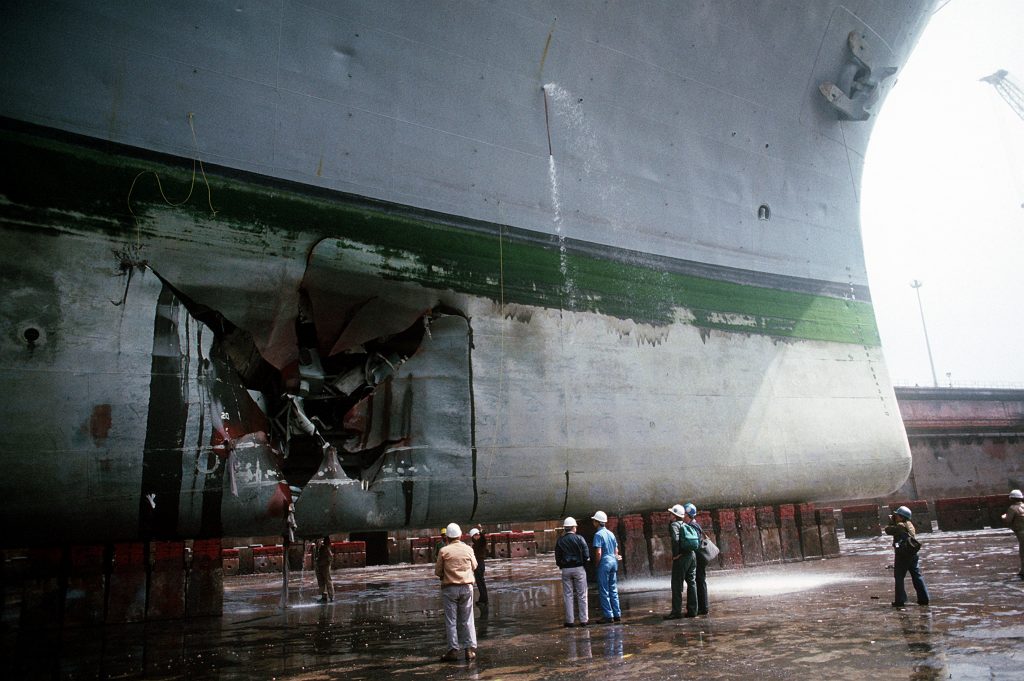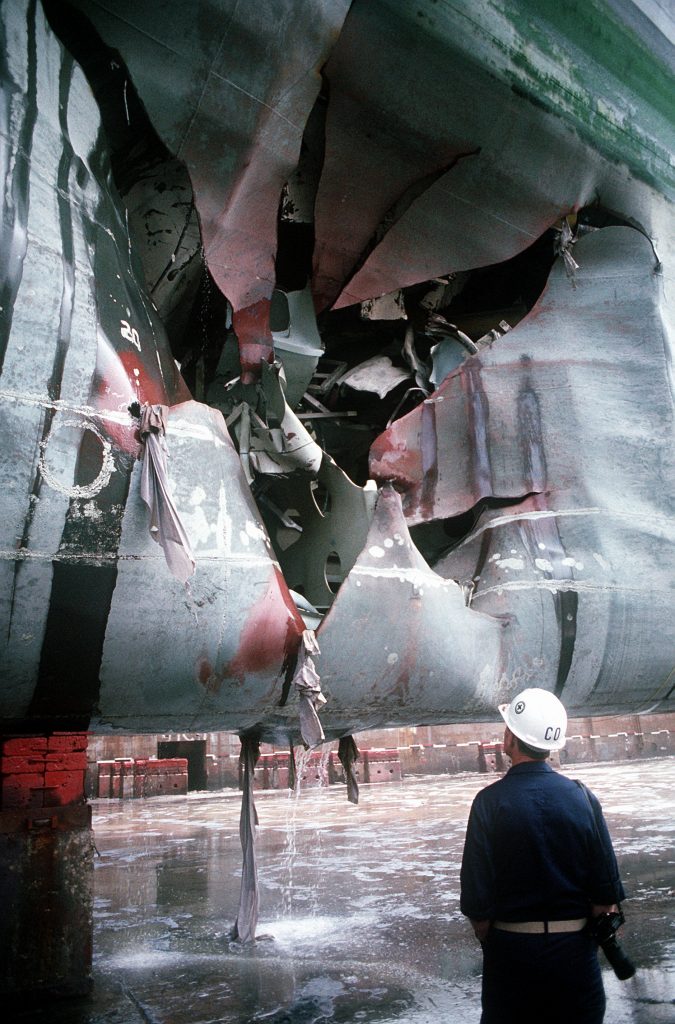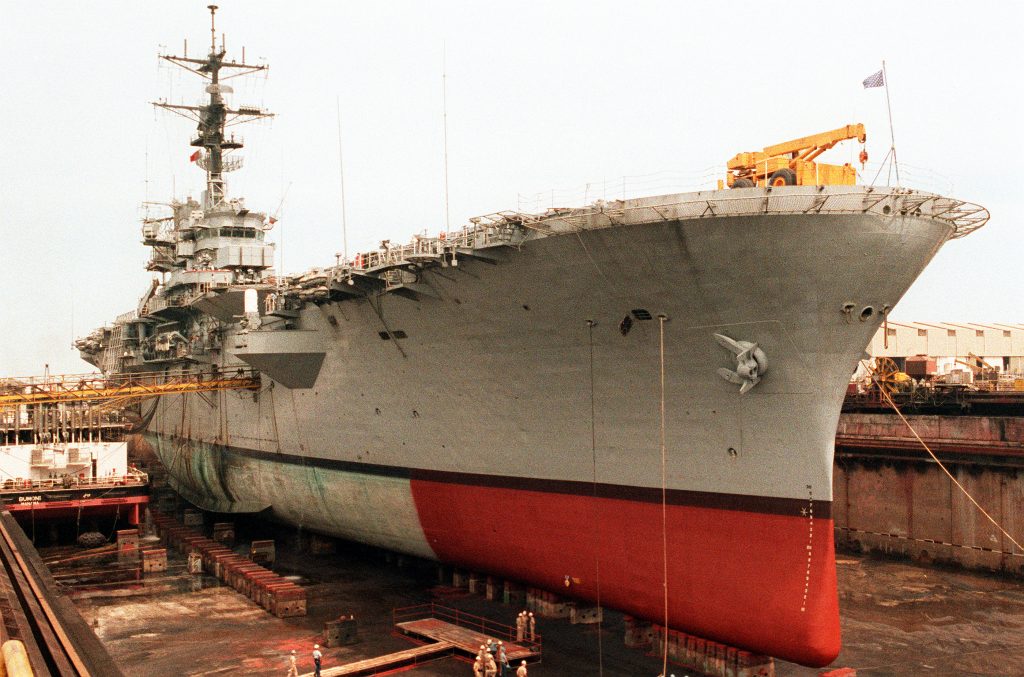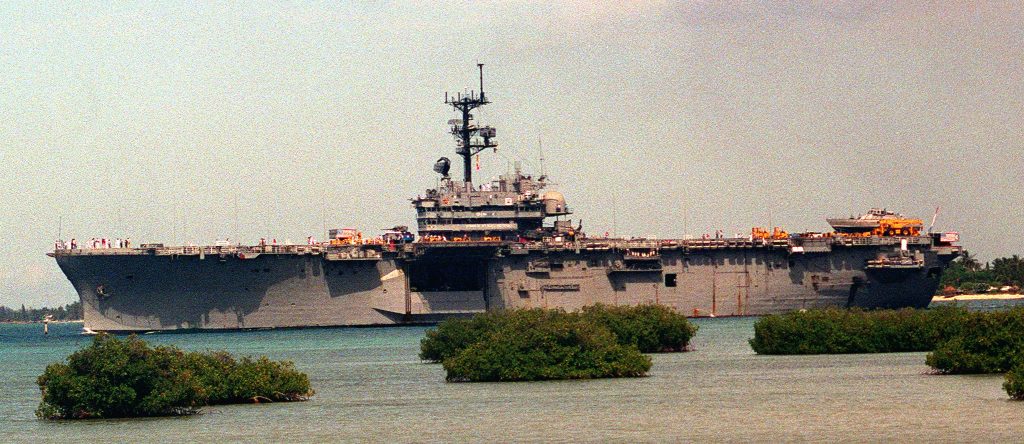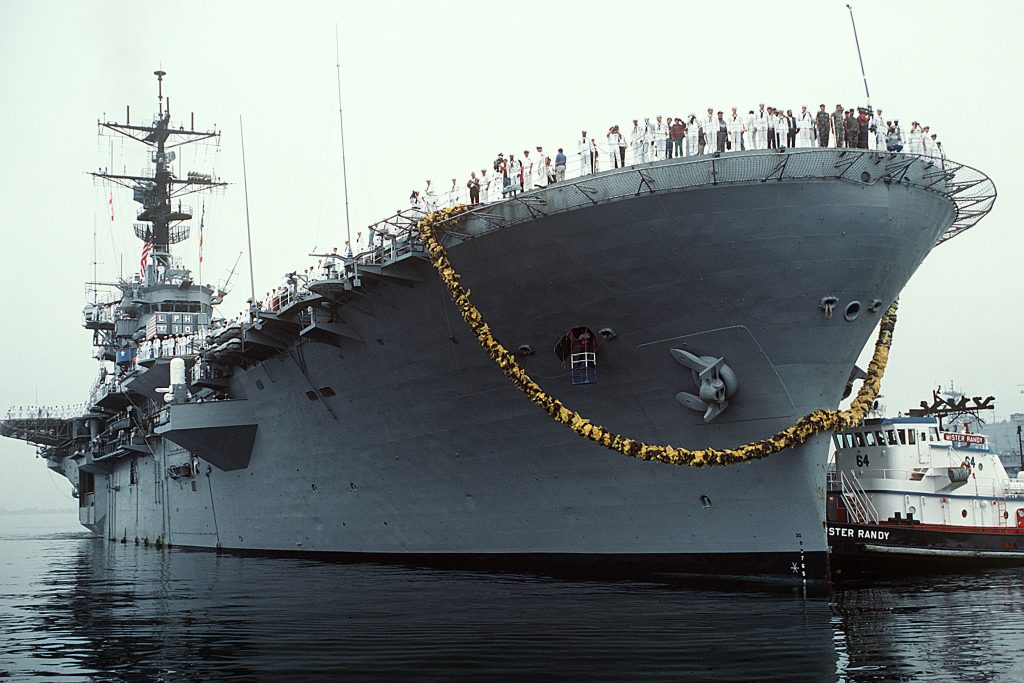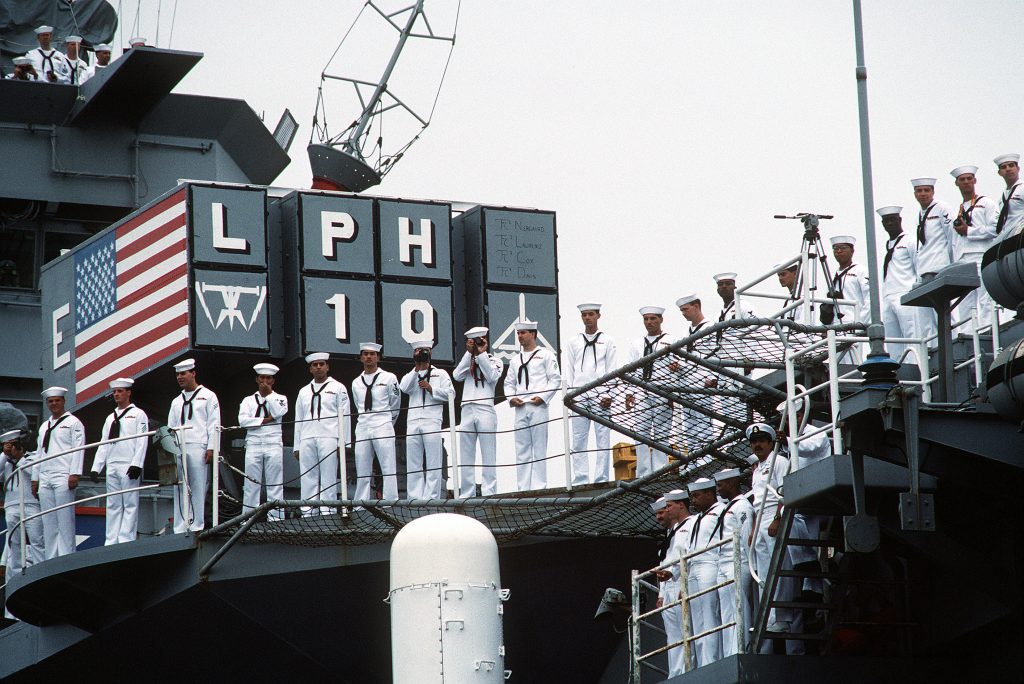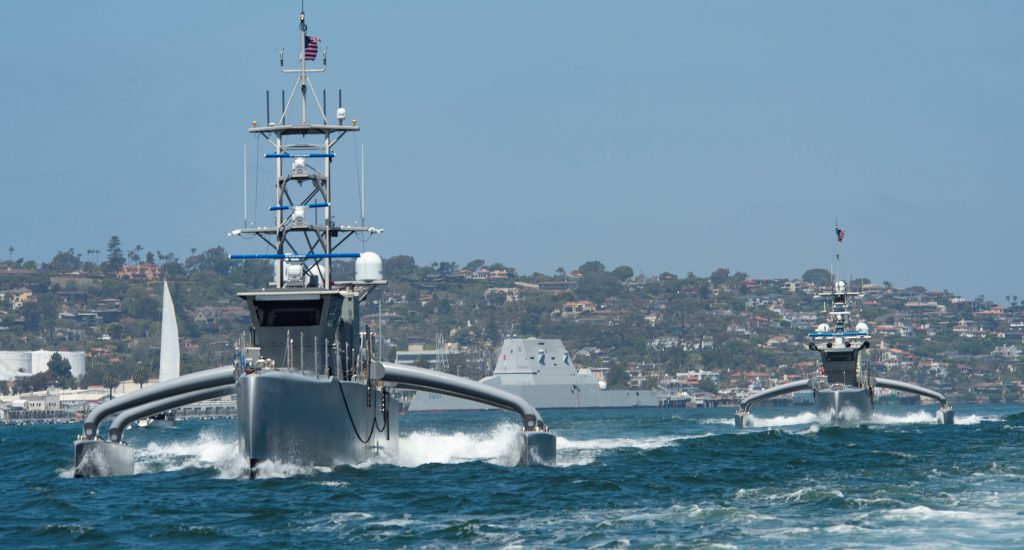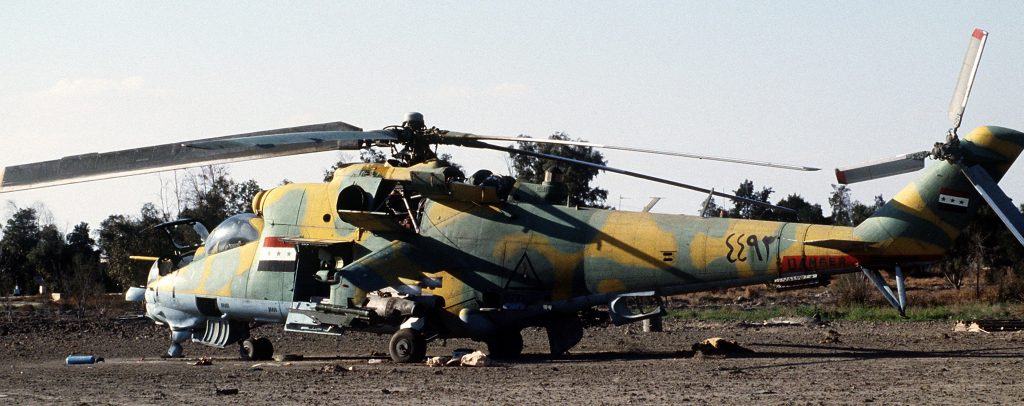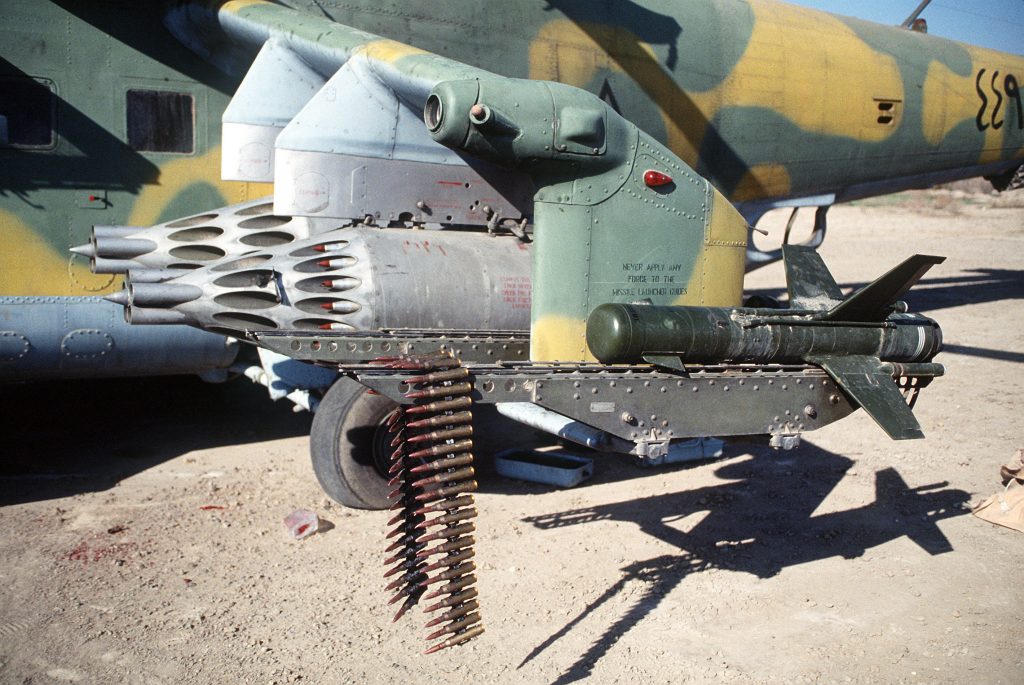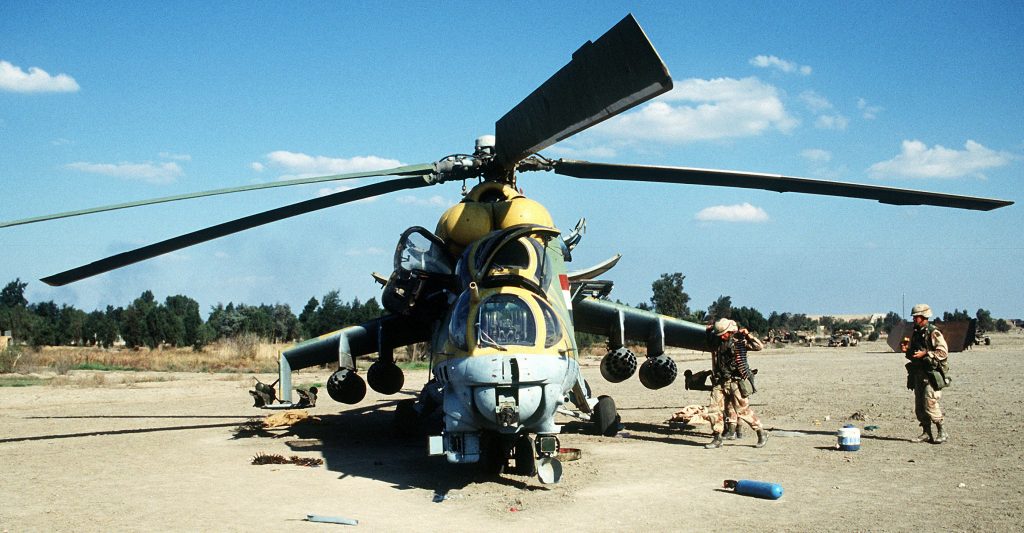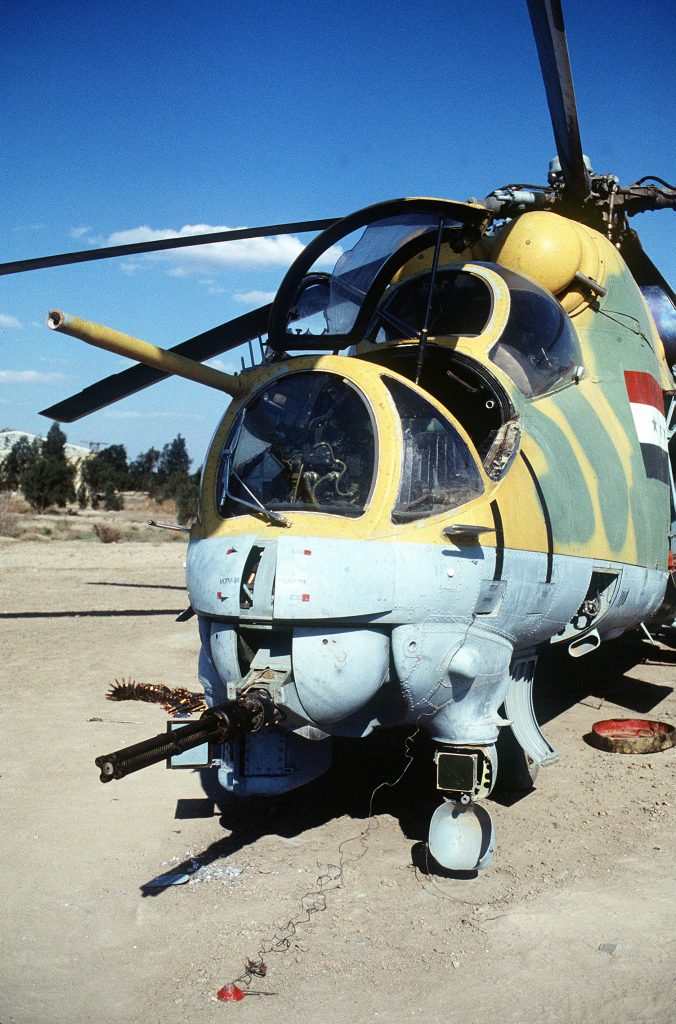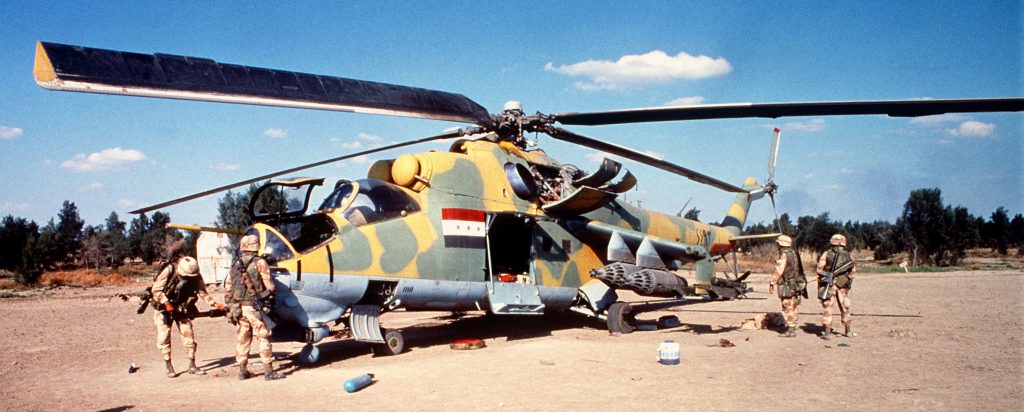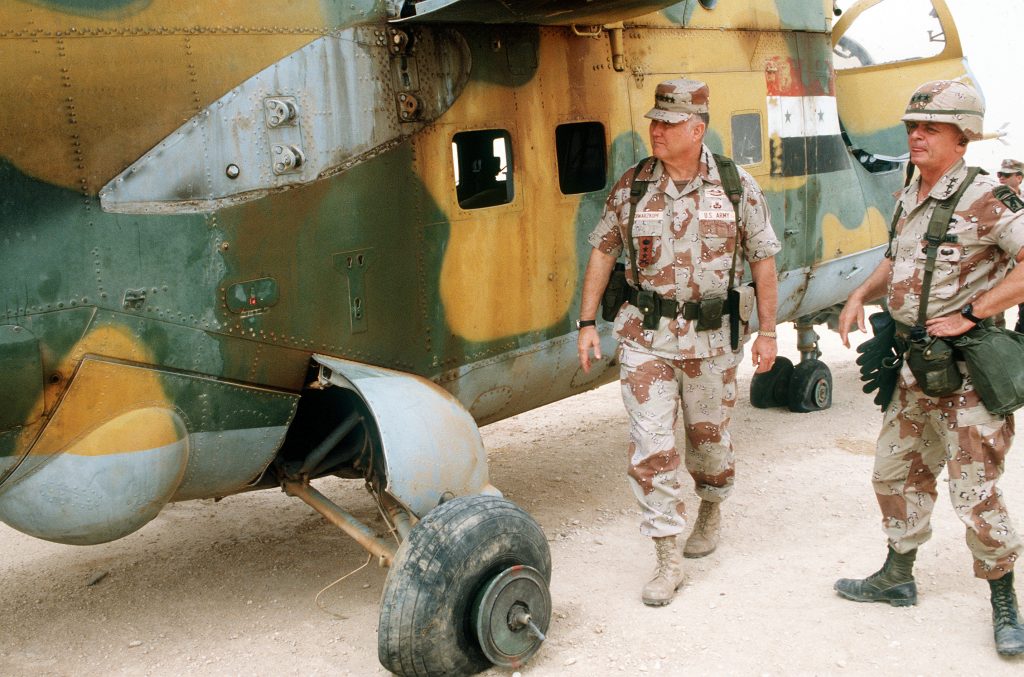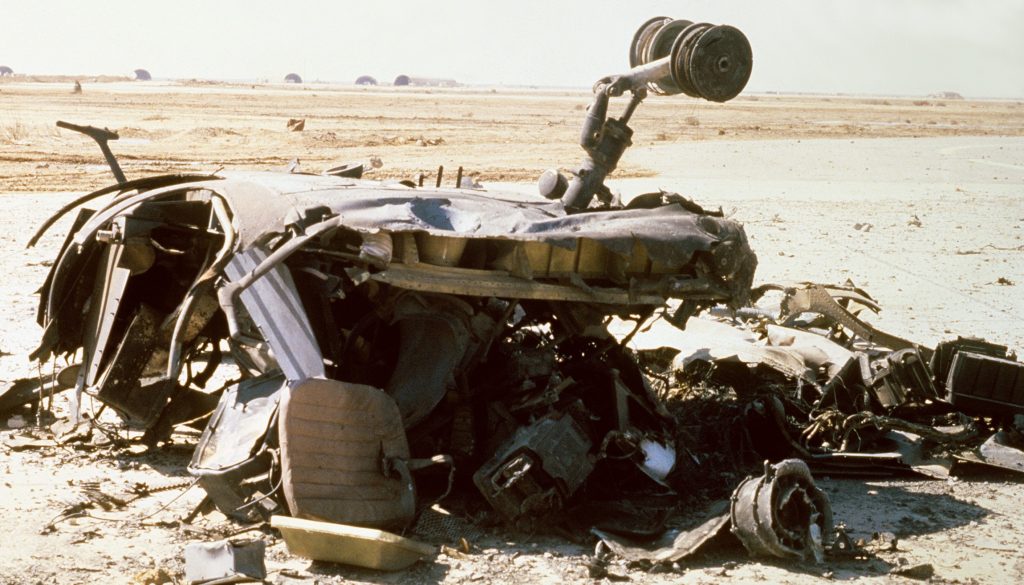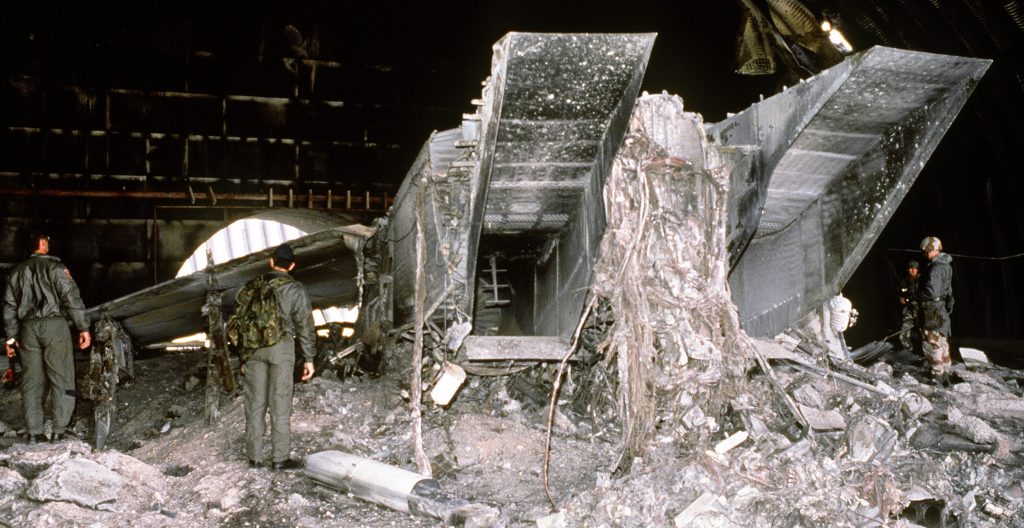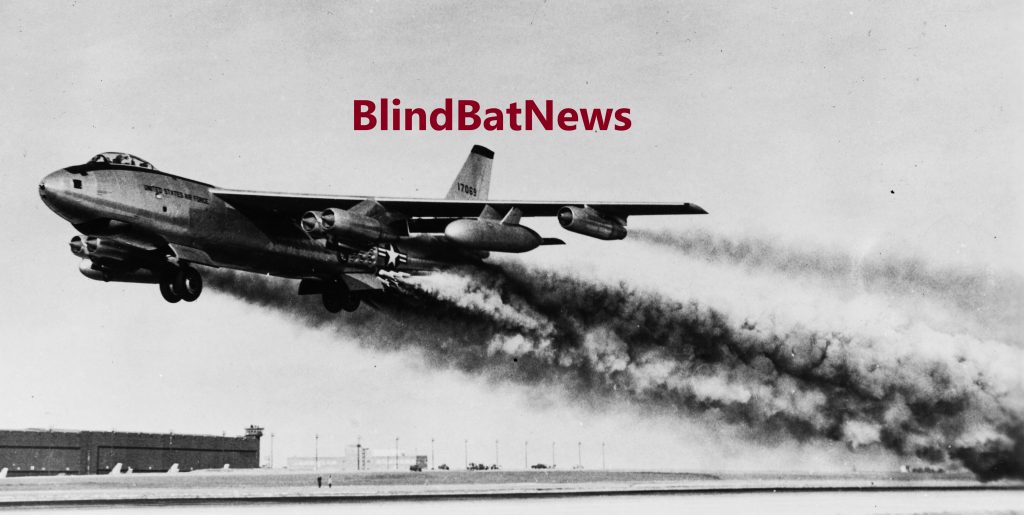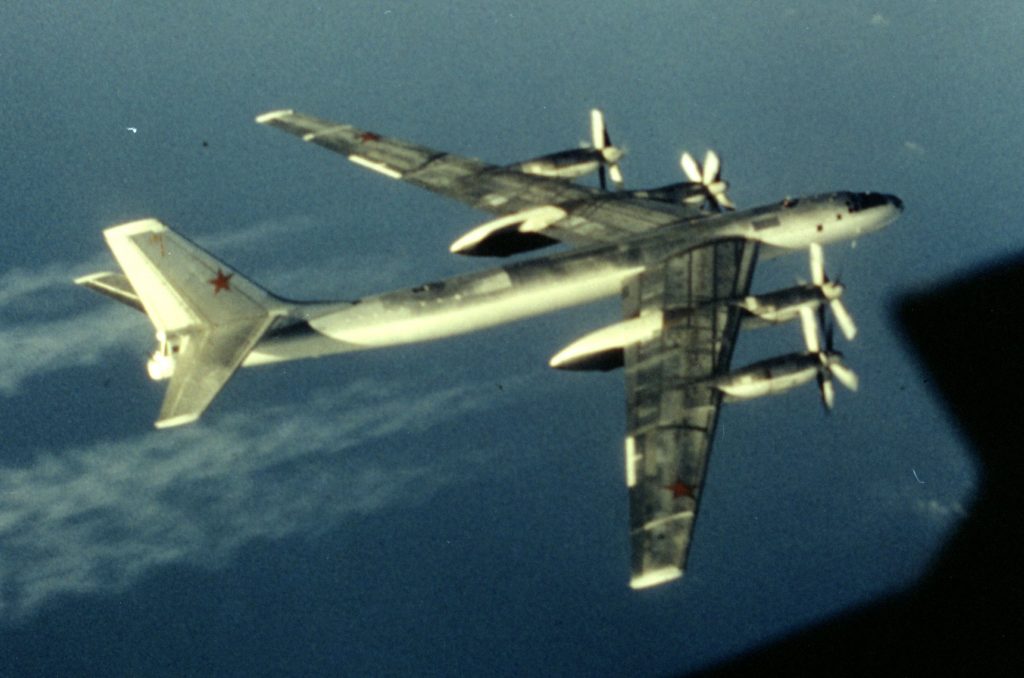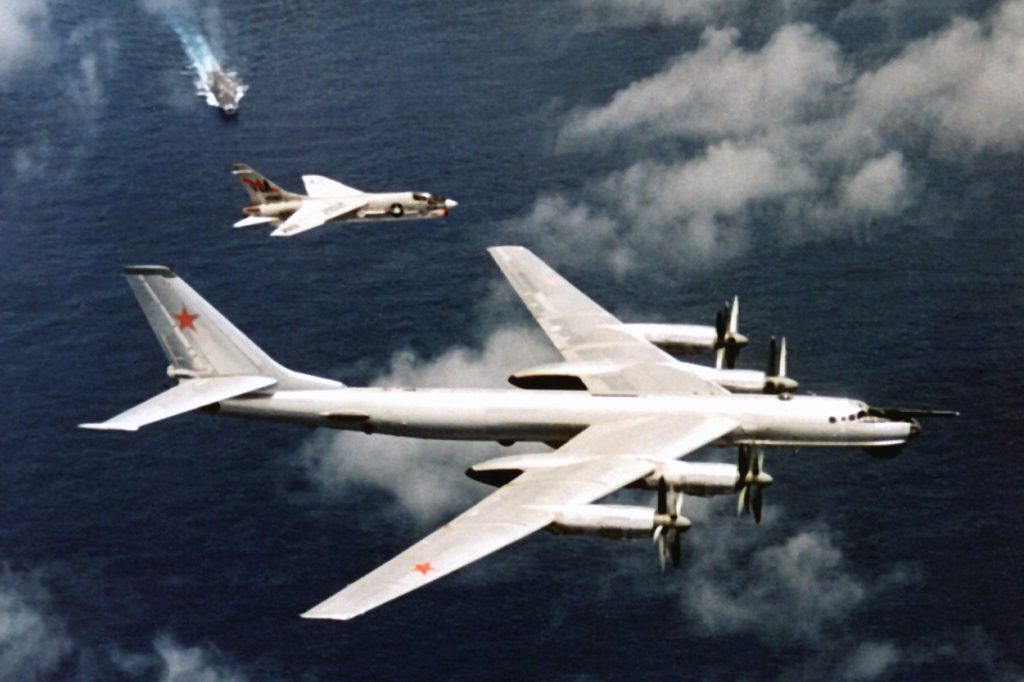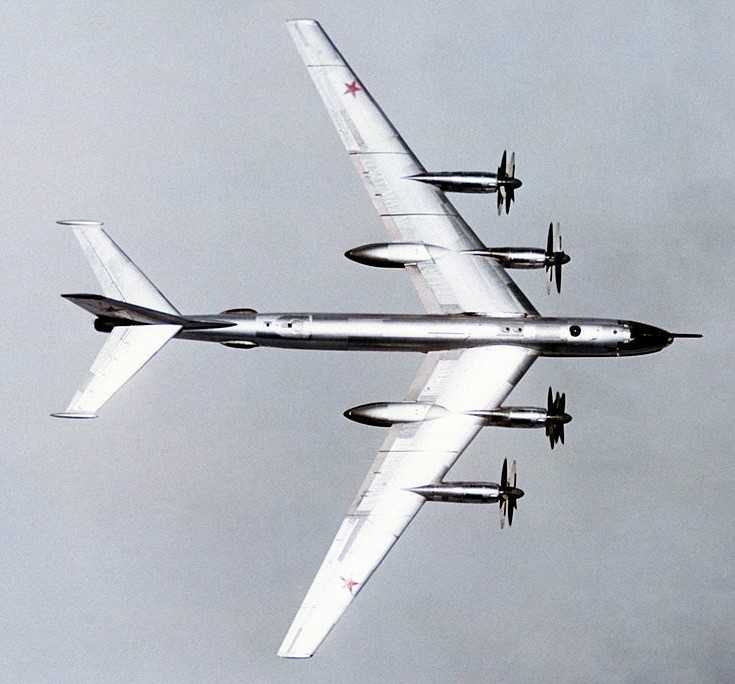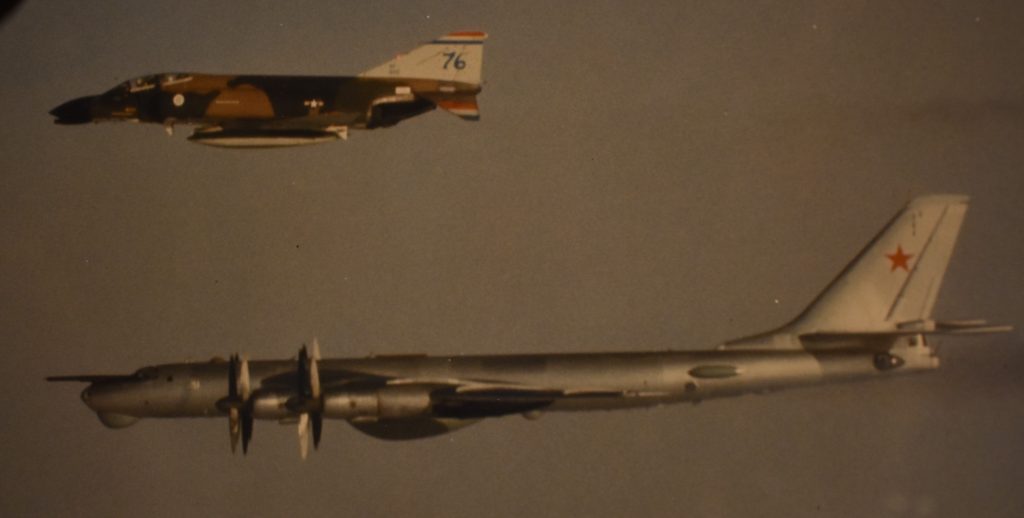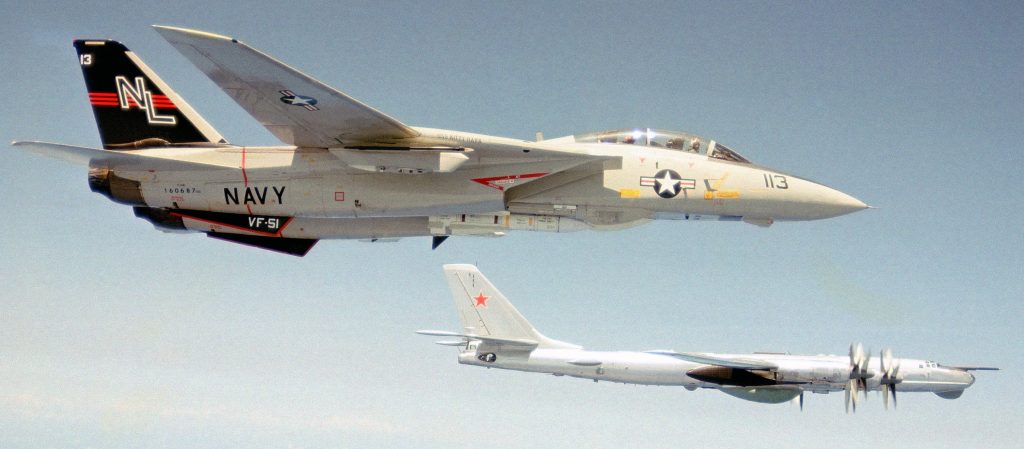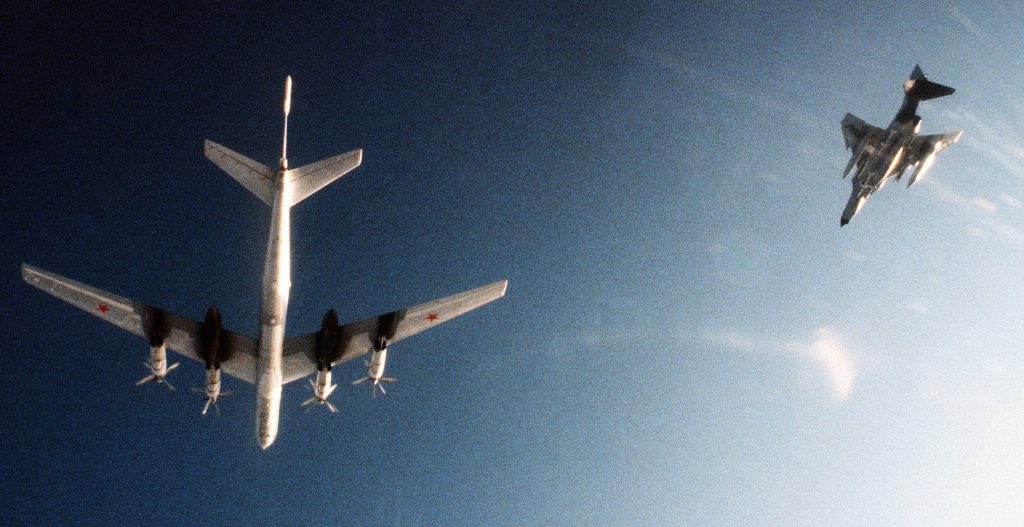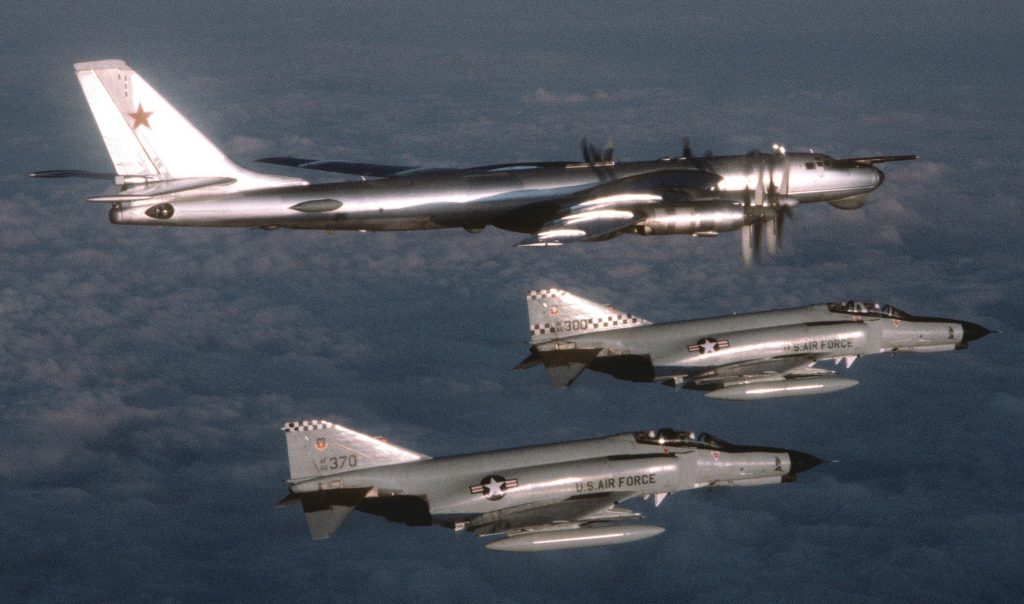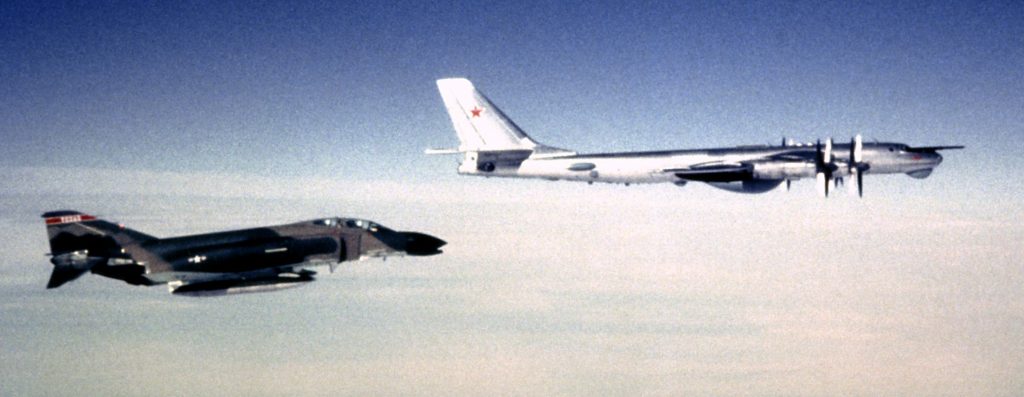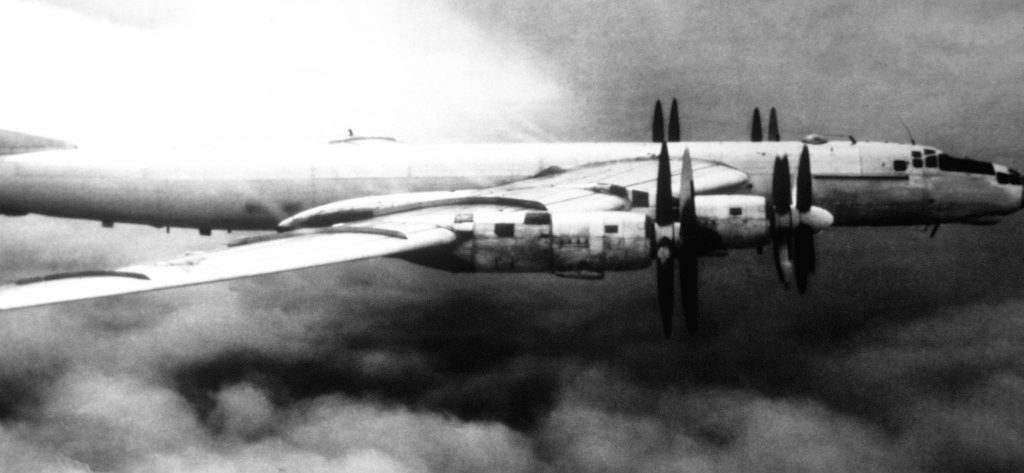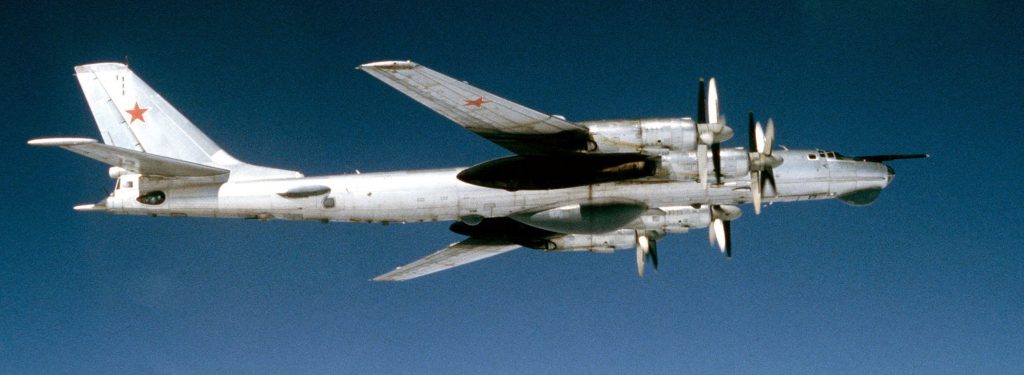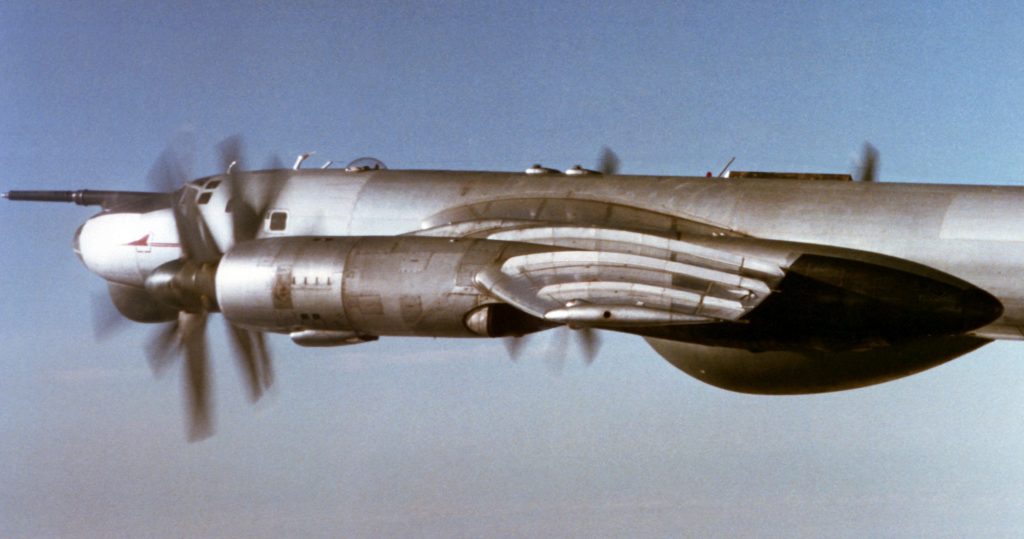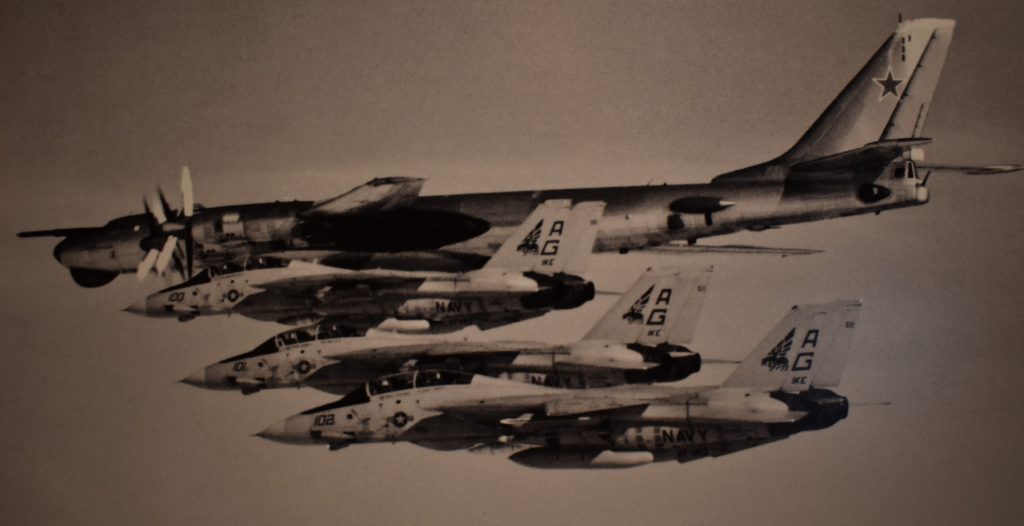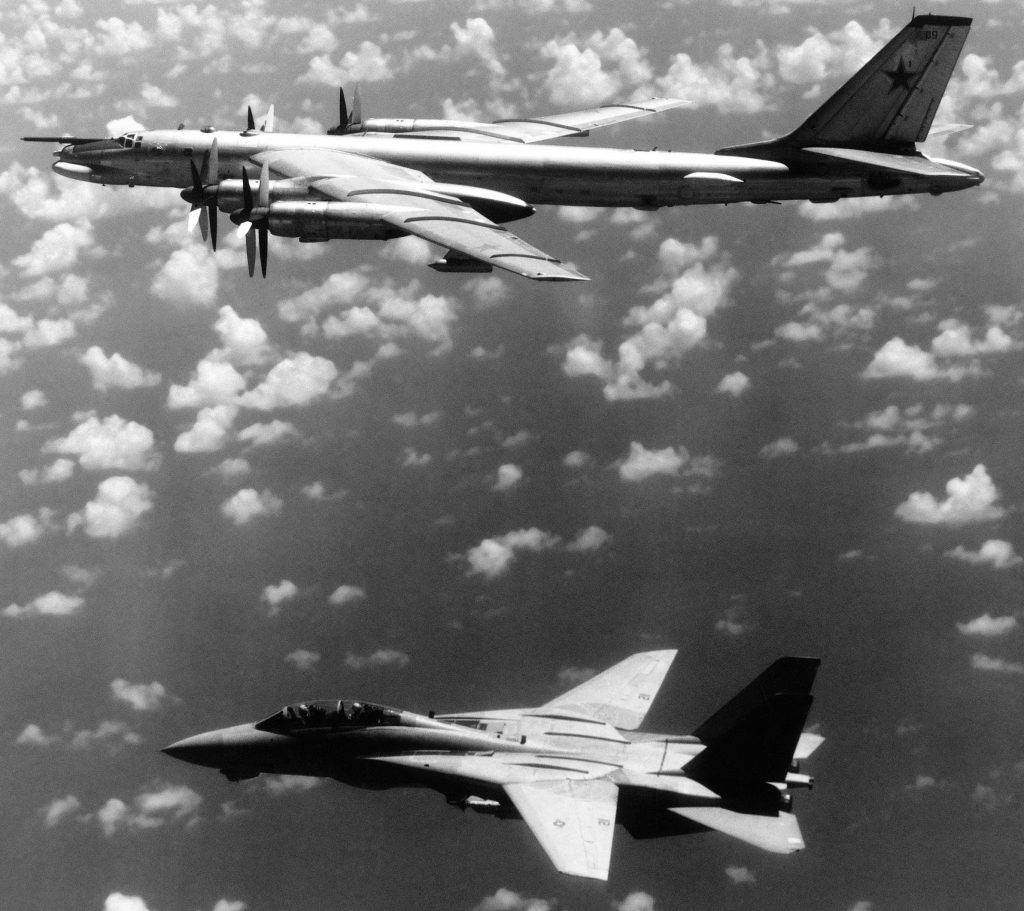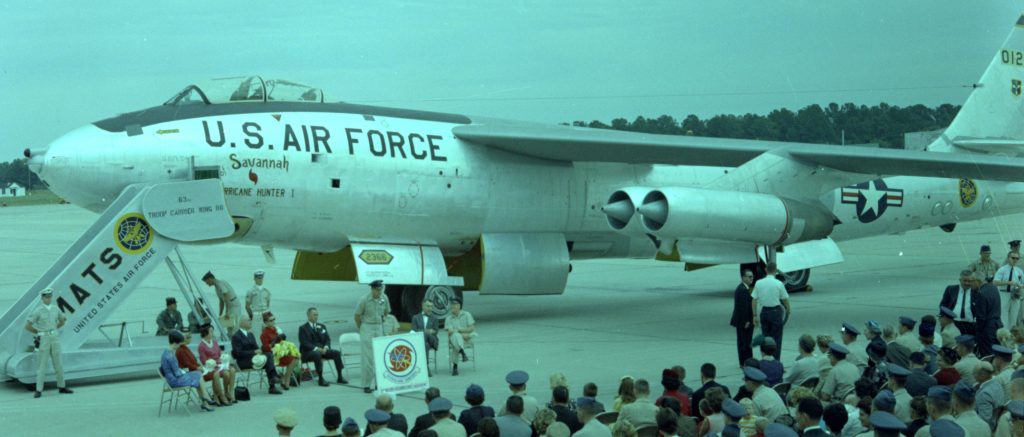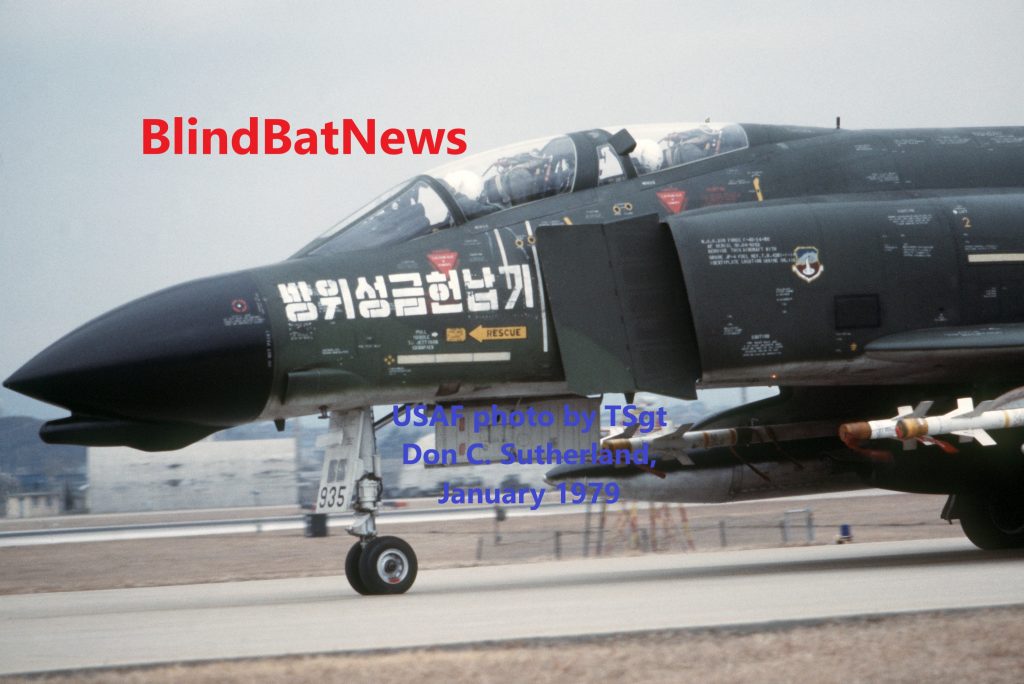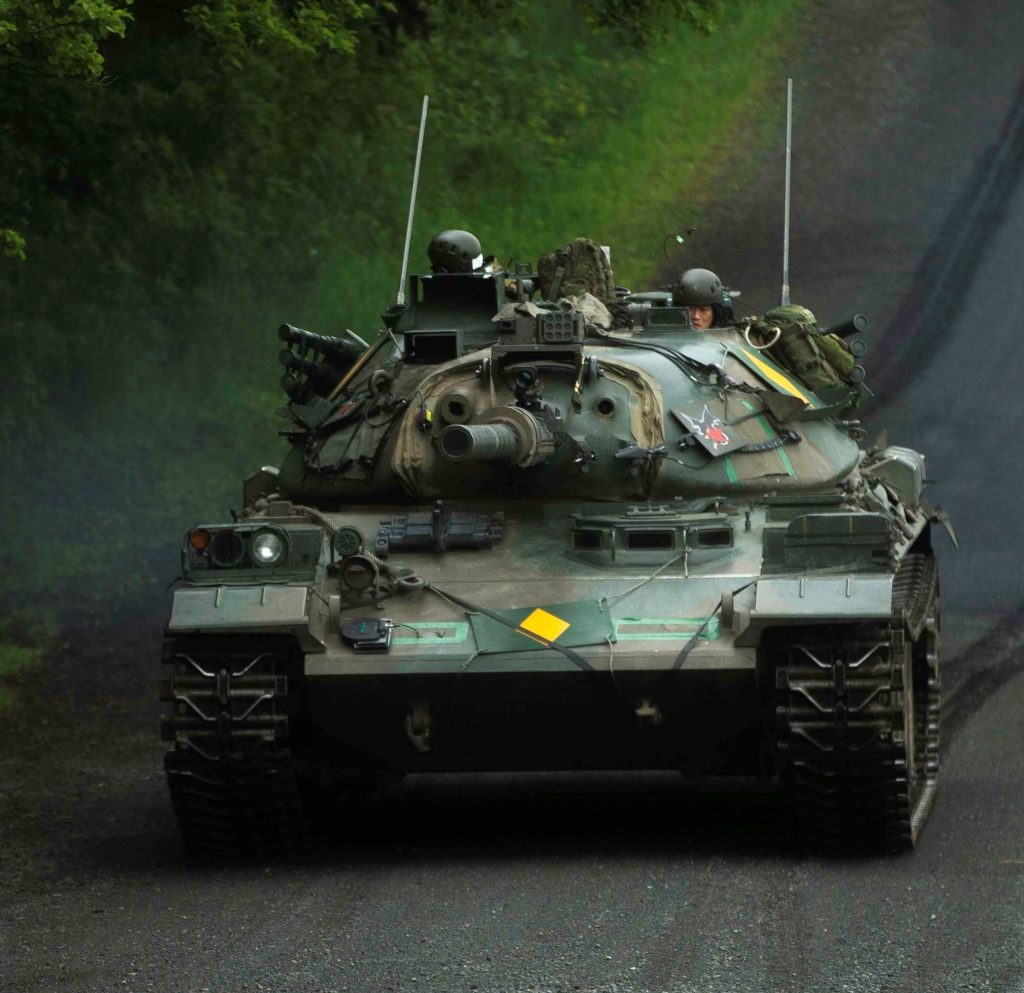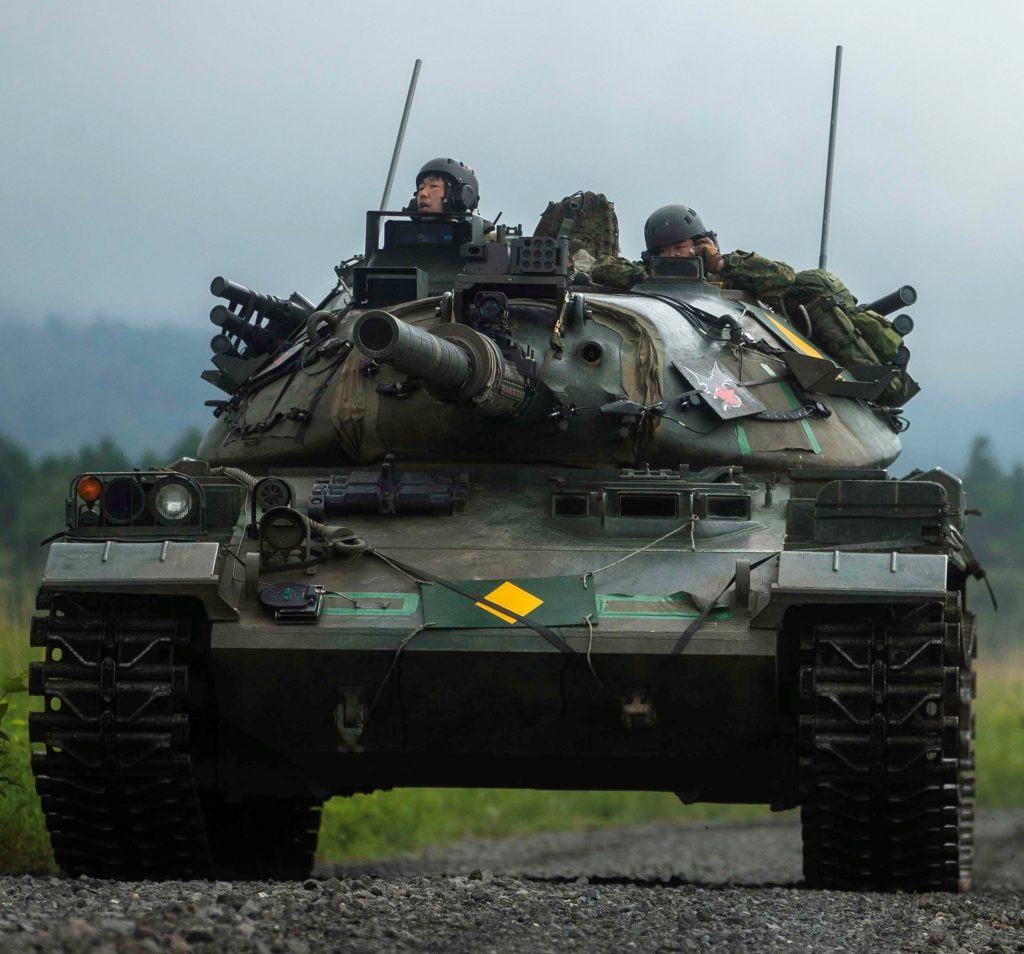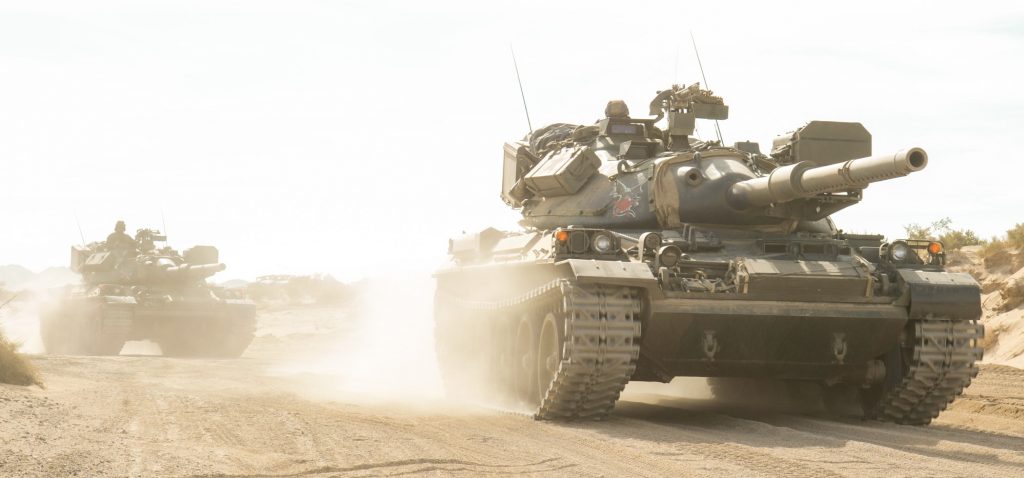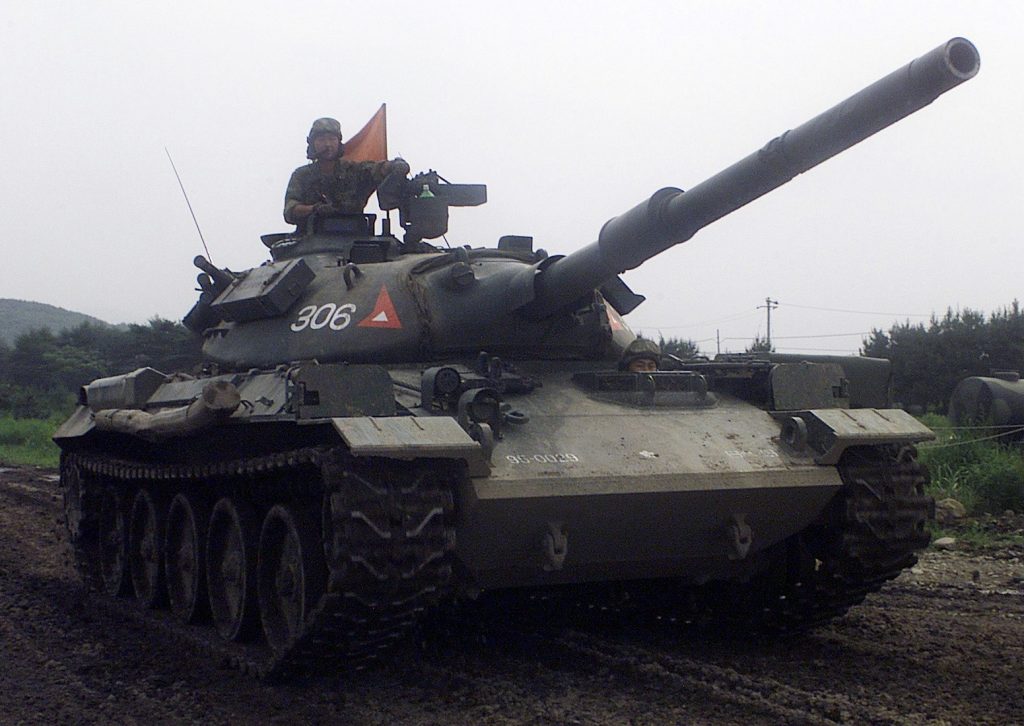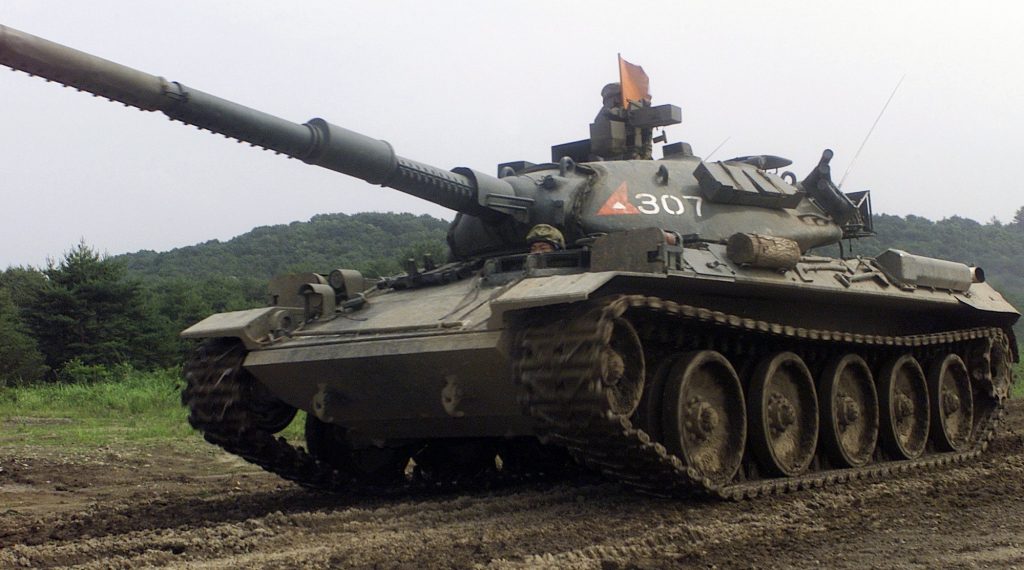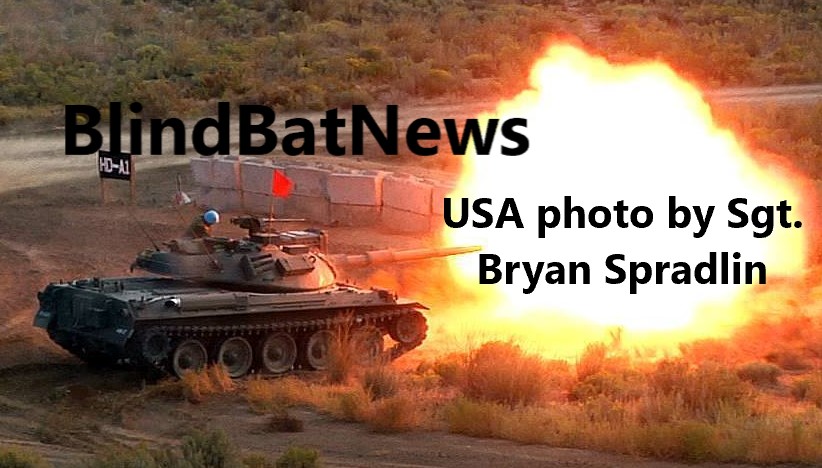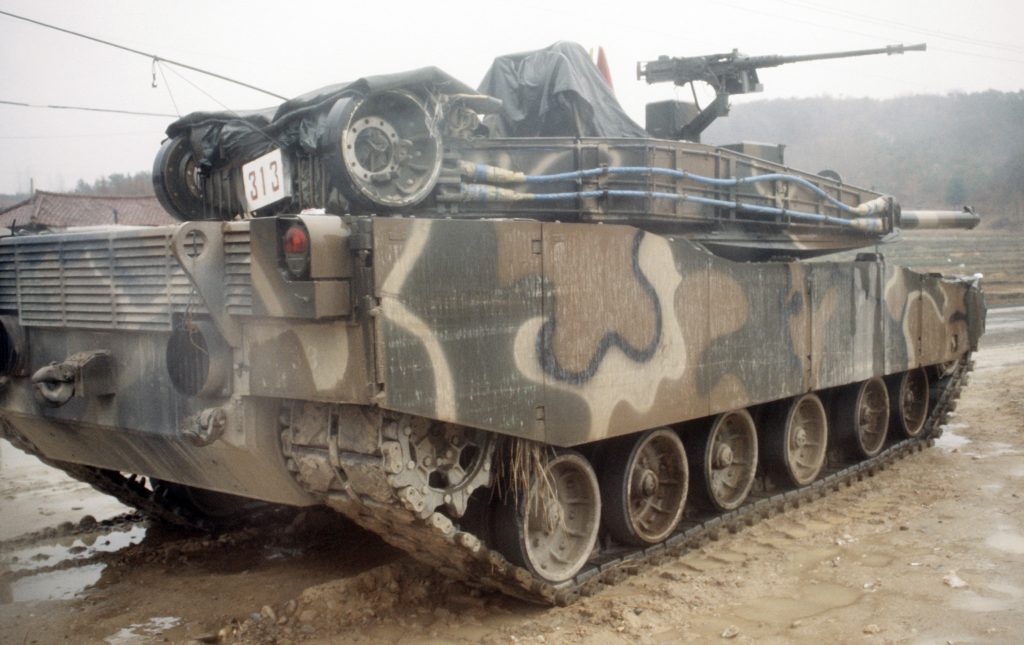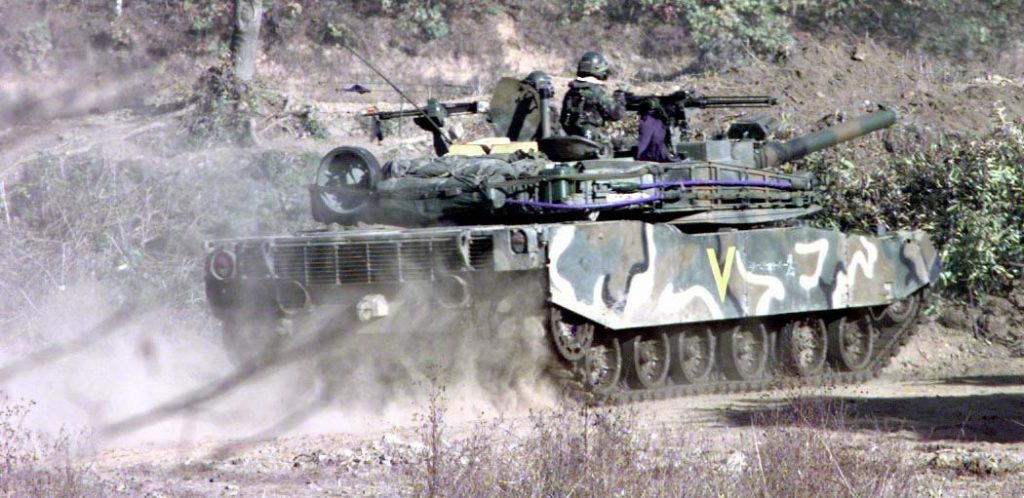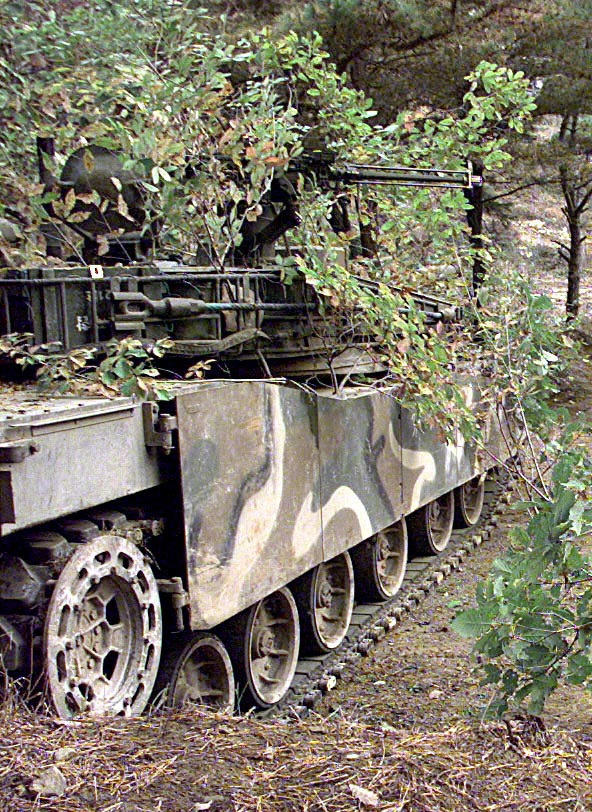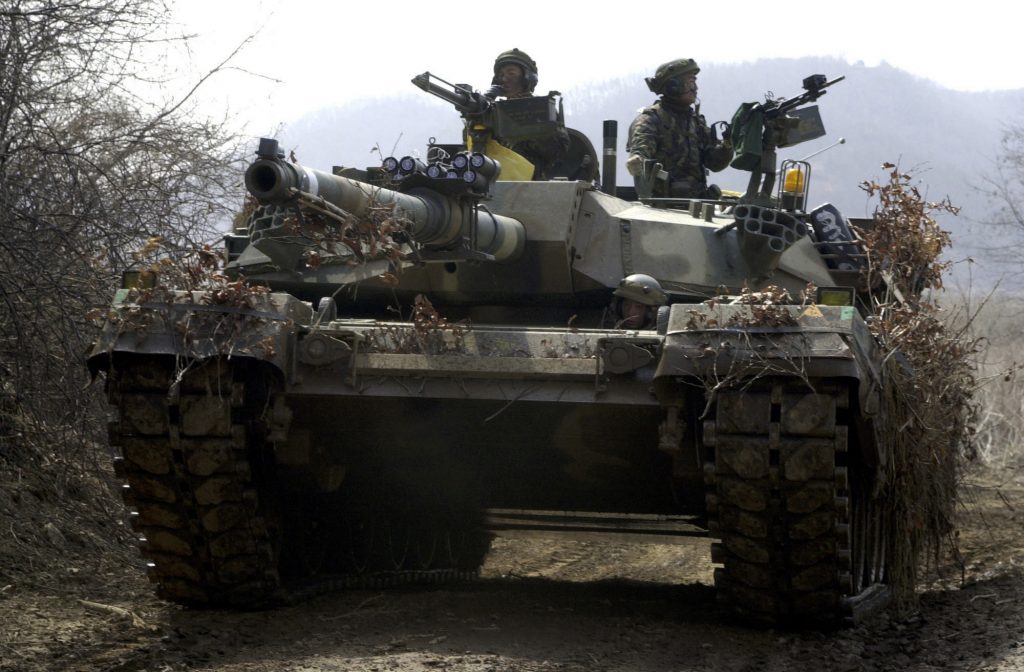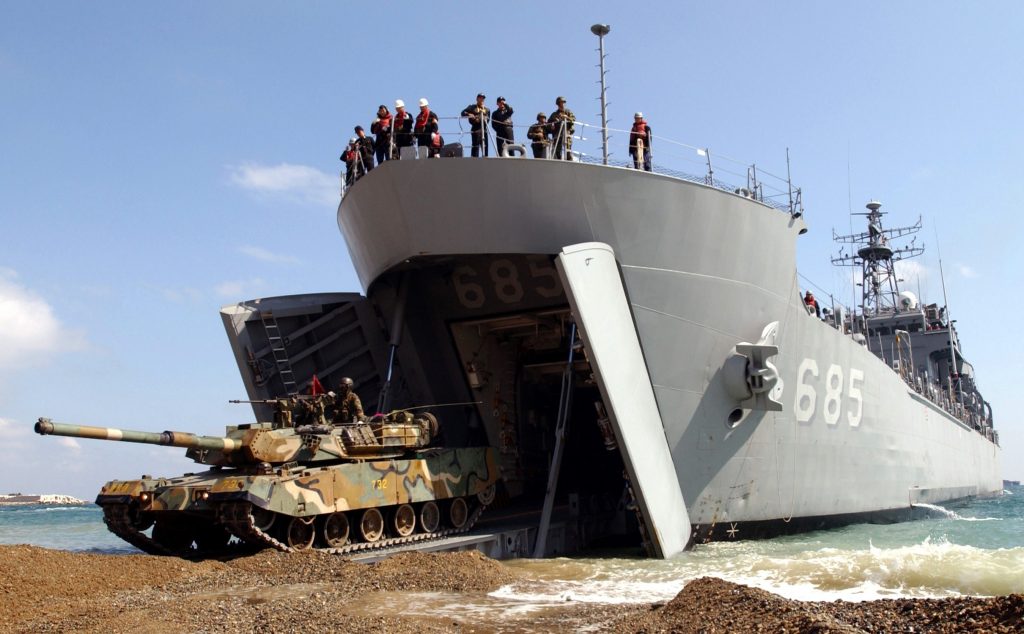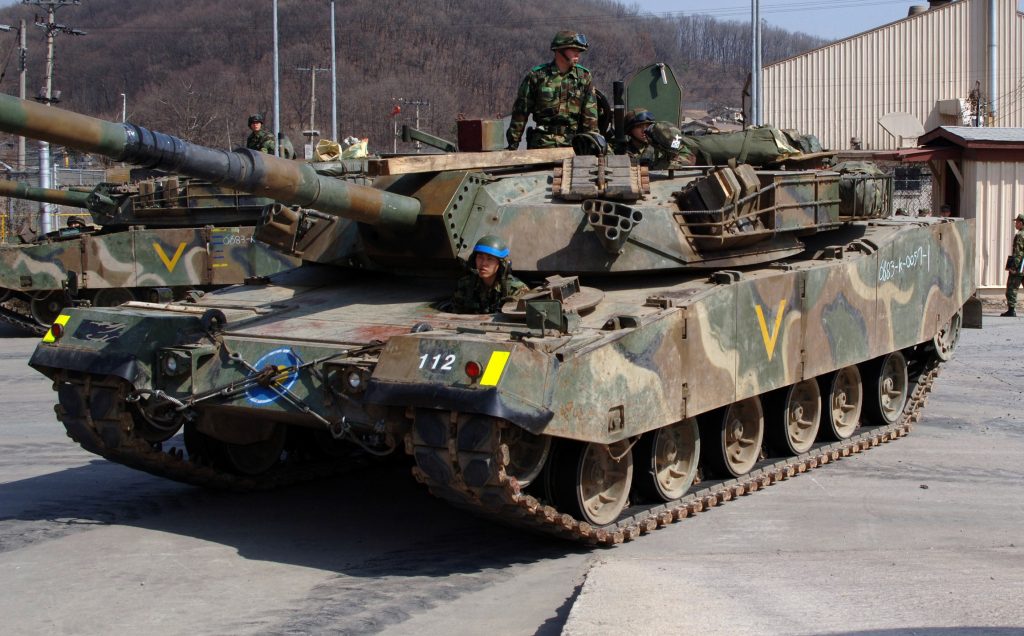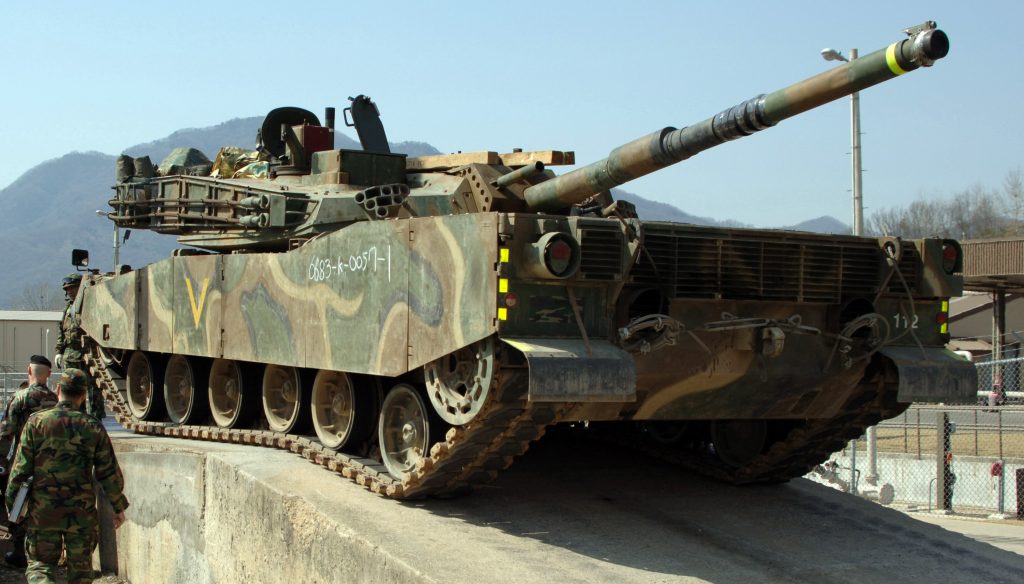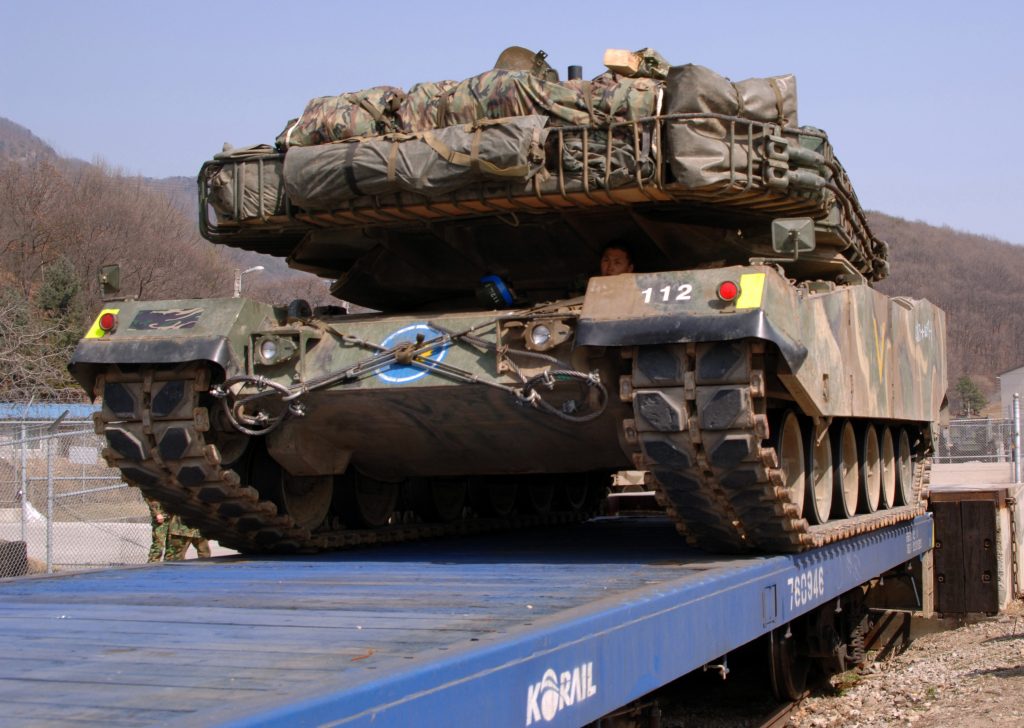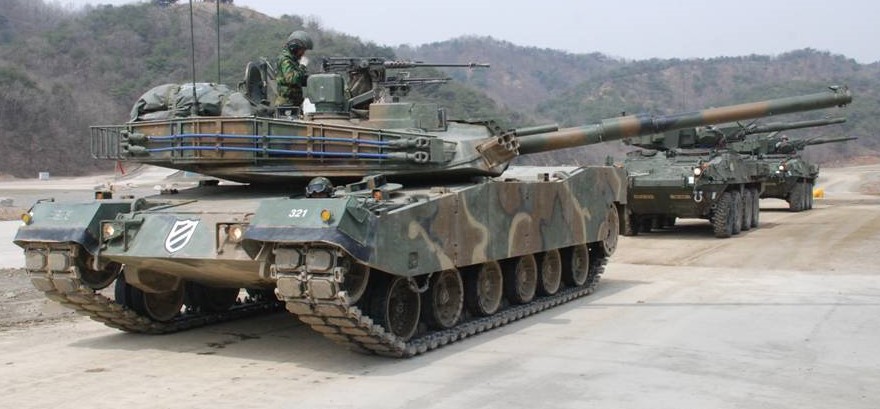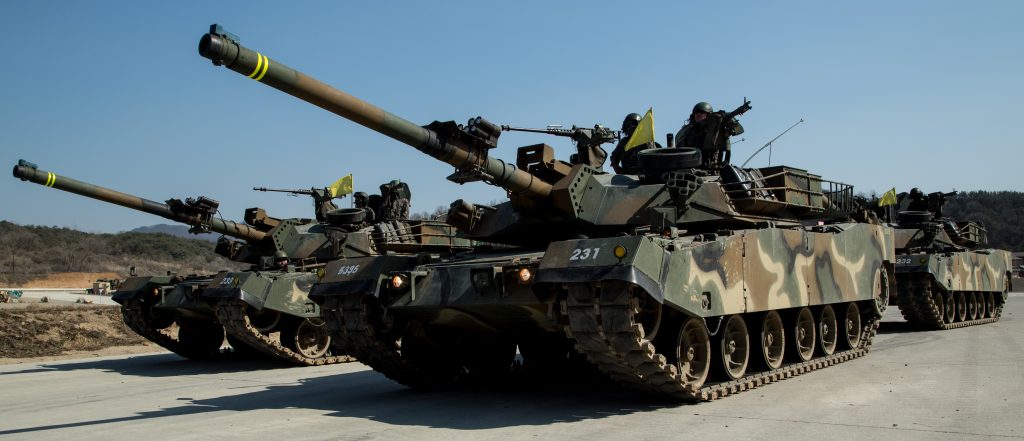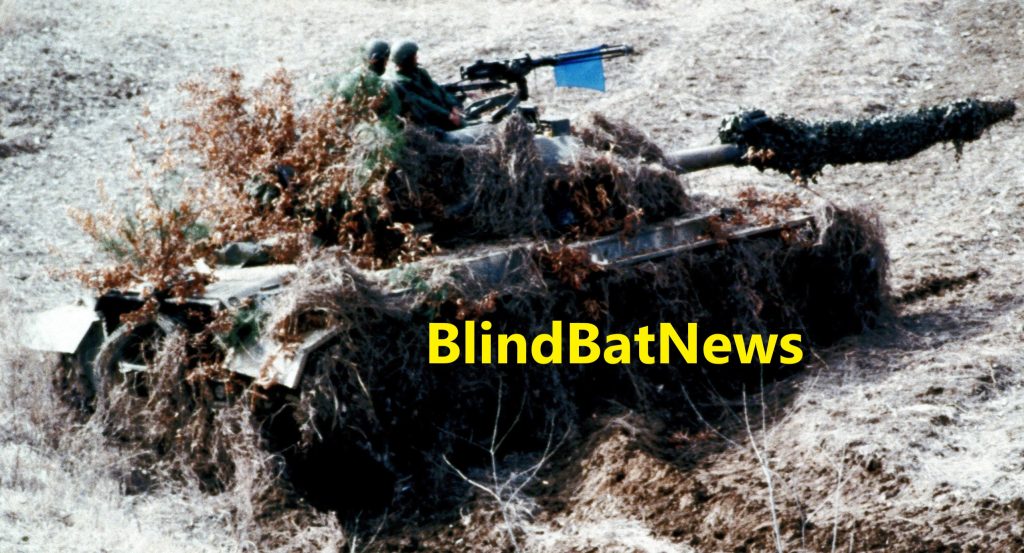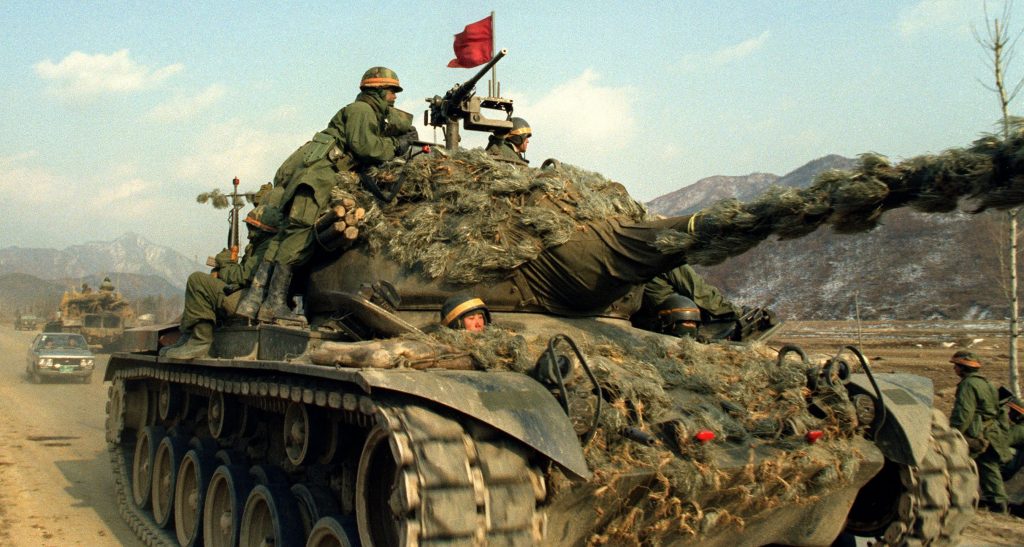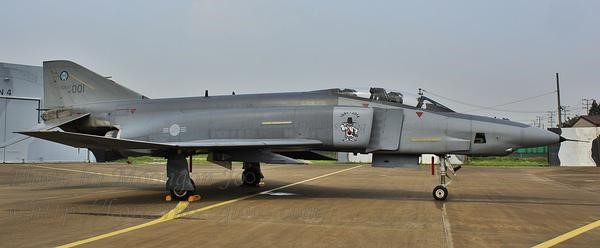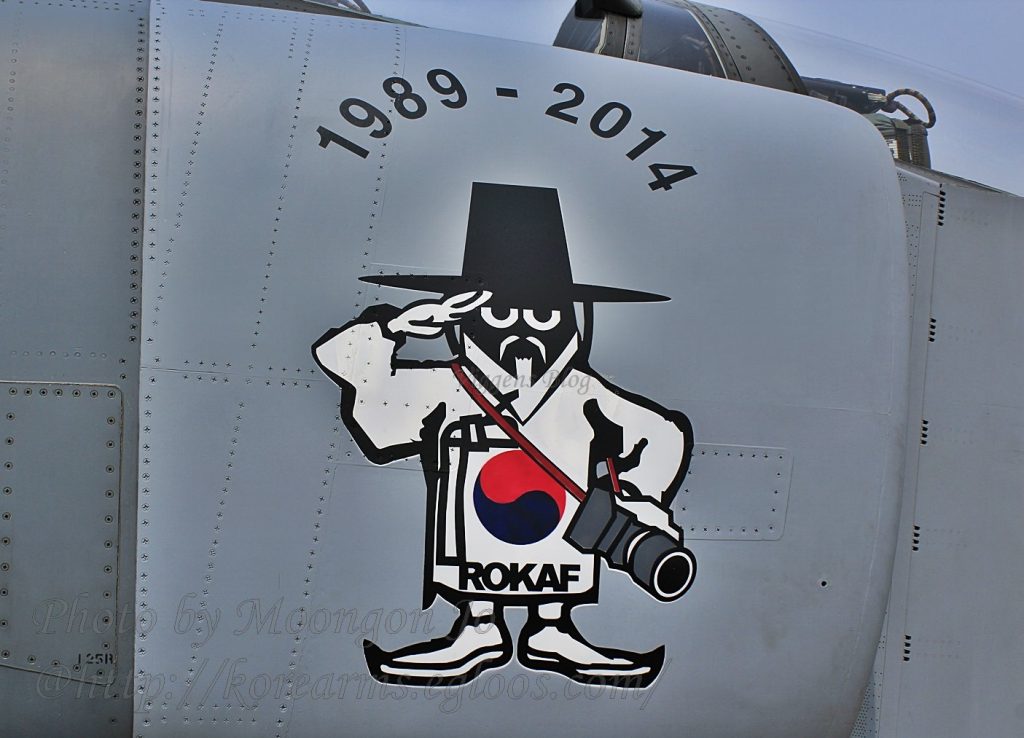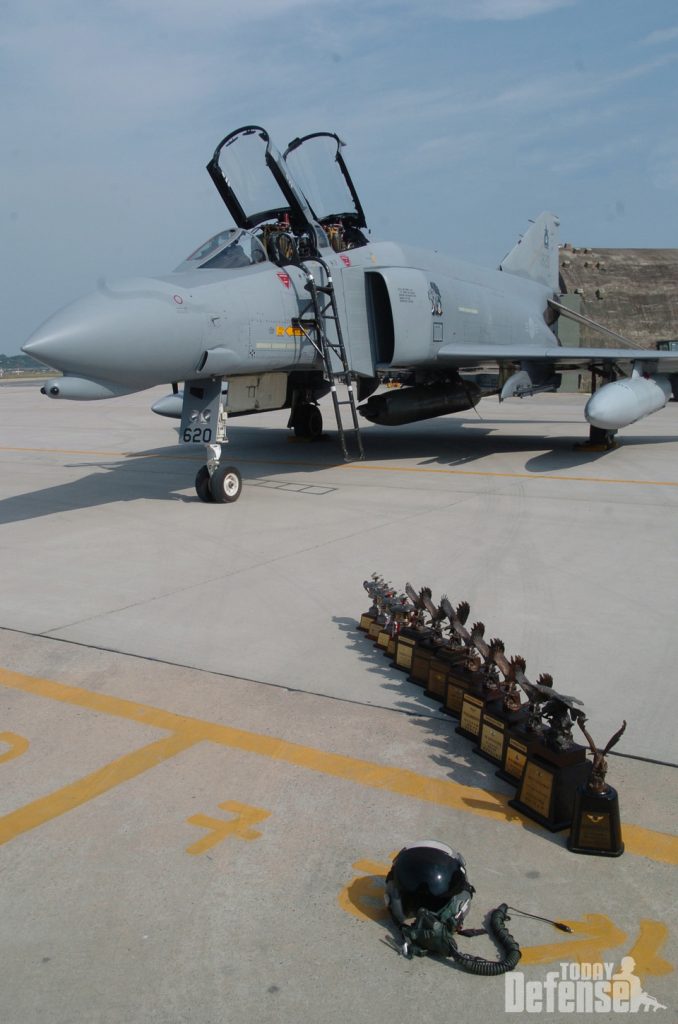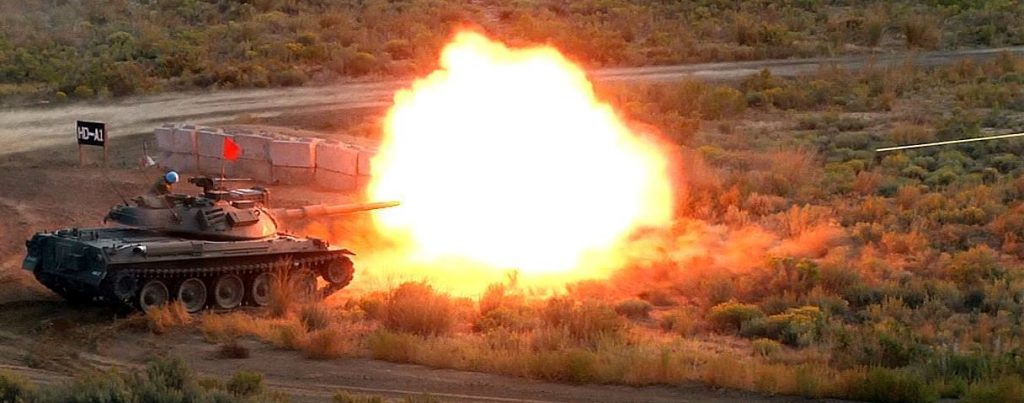31 October 2021 (15:56-UTC-07 Tango 06) 09 Aban 1400/24 Rabi ‘al-Awwal 1443/26 Wu-Xu (9th month) 4719
“The original Bonhomme Richard Sailors gave their all to prevail against seemingly impossible odds, and they won. They taught us that you don’t always save the ship, but you never stop fighting. The reputation of that fighting spirit began to proceed our Navy wherever we sailed and that same spirit persists today.”-Rear Admiral Philip Sobeck, Expeditionary Strike Group Three, 14APR2021
In July of 2020, the Wasp Class assault ship United States Ship (USS) Bonhomme Richard LHD-6 was sabotaged by a disgruntled sailor. The fire burned for days, and not only were U.S. Navy (USN) fire fighters called to action but local San Diego area fire fighters as well. 63 people were slightly wounded.

Removal of the aft mast, 04AUG2020. U.S. Navy photo by Mass Communication Specialist Seaman Jeffrey F. Yale.
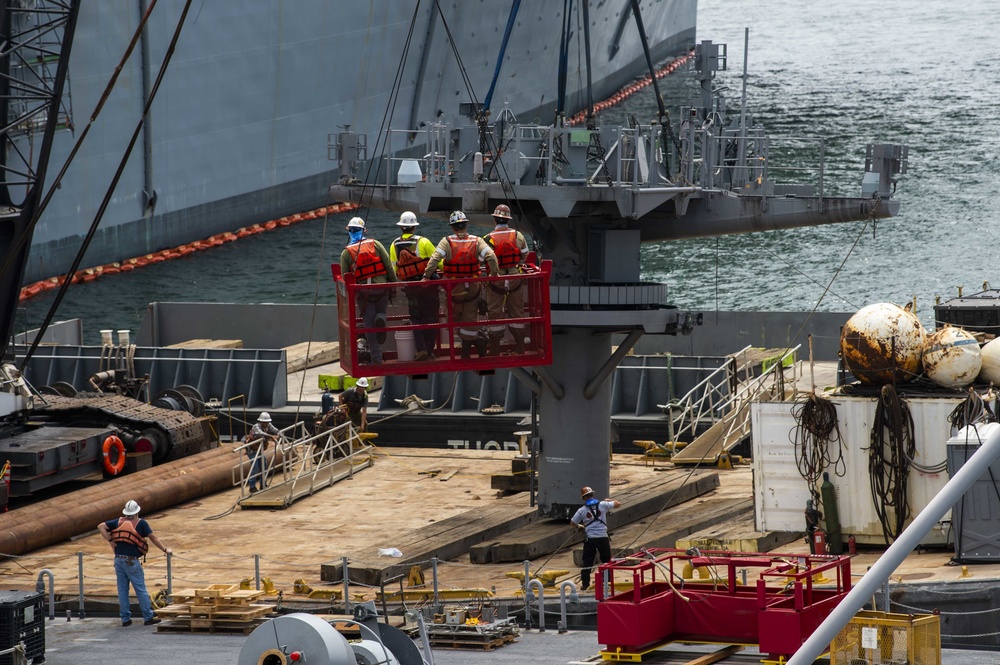
USN photo by Mass Communication Specialist Seaman Jeffrey F. Yale.

The aft mast was removed due to structural integrity problems. USN photo by Mass Communication Specialist Seaman Jeffrey F. Yale.
Just last week, the USN released a report concerning the fire, it blames current Standards of Practice (SoP) regarding maintenance practices such as stowage of combustible material and lack of proper training of maintenance crews. The Pacific Fleet Command Investigation also concluded that “a lack of familiarity with requirements and procedural noncompliance at multiple levels of command” made the result of the sabotage/fire much worse.
USN video by Mass Communication Specialist Third Class Cosmo Walrath, removal of Traffic Control Tower due to structural instability, 04MAR2021:
LHD-6 is the third USN ship to carry the name Bonhomme Richard, it had a short but busy life. Commissioned on 15AUG1998, besides the usual training and humanitarian missions, LHD-6 took part in Operations Stabilize, Southern Watch, Enduring Freedom, Iraqi Freedom, and Unified Assistance.

On its death bed, the crew celebrates the 22nd ‘birthday’ of LHD-6, on 14AUG2021. USN photo by Mass Communication Specialist Third Class Cosmo Walrath.
The first Bonhomme Richard was the ex-French armed cargo ship Duc de Duras. The French ‘loaned’ it to the newly created United States in 1779, to help with the Revolutionary War against the British Empire. The now famous John Paul Jones changed the name to Bonhomme Richard, which was the pseudonym for Benjamin Franklin. It was this USS Bonhomme Richard that Rear Admiral Philip Sobeck was referring to in the quote from 14APR2021.

USN photo by Mass Communication Specialist Second Class Alex Millar.
On 14APR2021, a private decommissioning ceremony for LHD-6 was held at Naval Base San Diego, California (the official date of decommissioning is 15APR2021). It will be scrapped in Brownsville, Texas. The estimated cost to rebuild the ship is the reason, more than $3-billion, far more than the original build cost and almost as much as a brand new latest technology assault ship.
The USN used the Pandemic as an excuse as to why the decommissioning was not a public event: “Due to public health and safety concerns related to the novel coronavirus (COVID-19) pandemic, the ceremony will be limited in attendance by invitation only.”-U.S. Pacific Fleet statement, 07APR2021
USS Bonhomme Richard (LHD 6), July 2020:  INTO THE STEEL INFERNO!
INTO THE STEEL INFERNO!
Vehicle I-D: THE MANY LIVES OF LST-786


